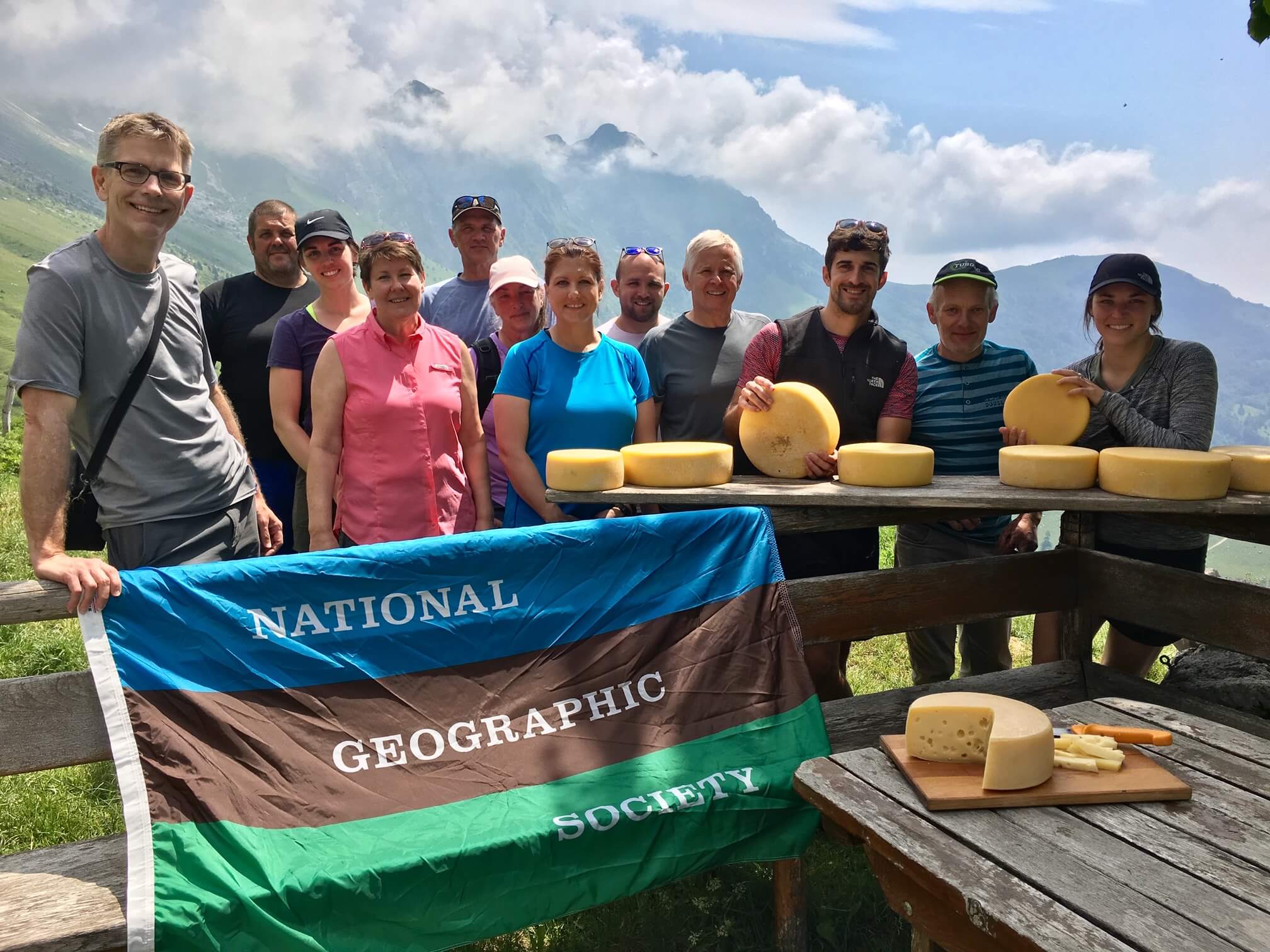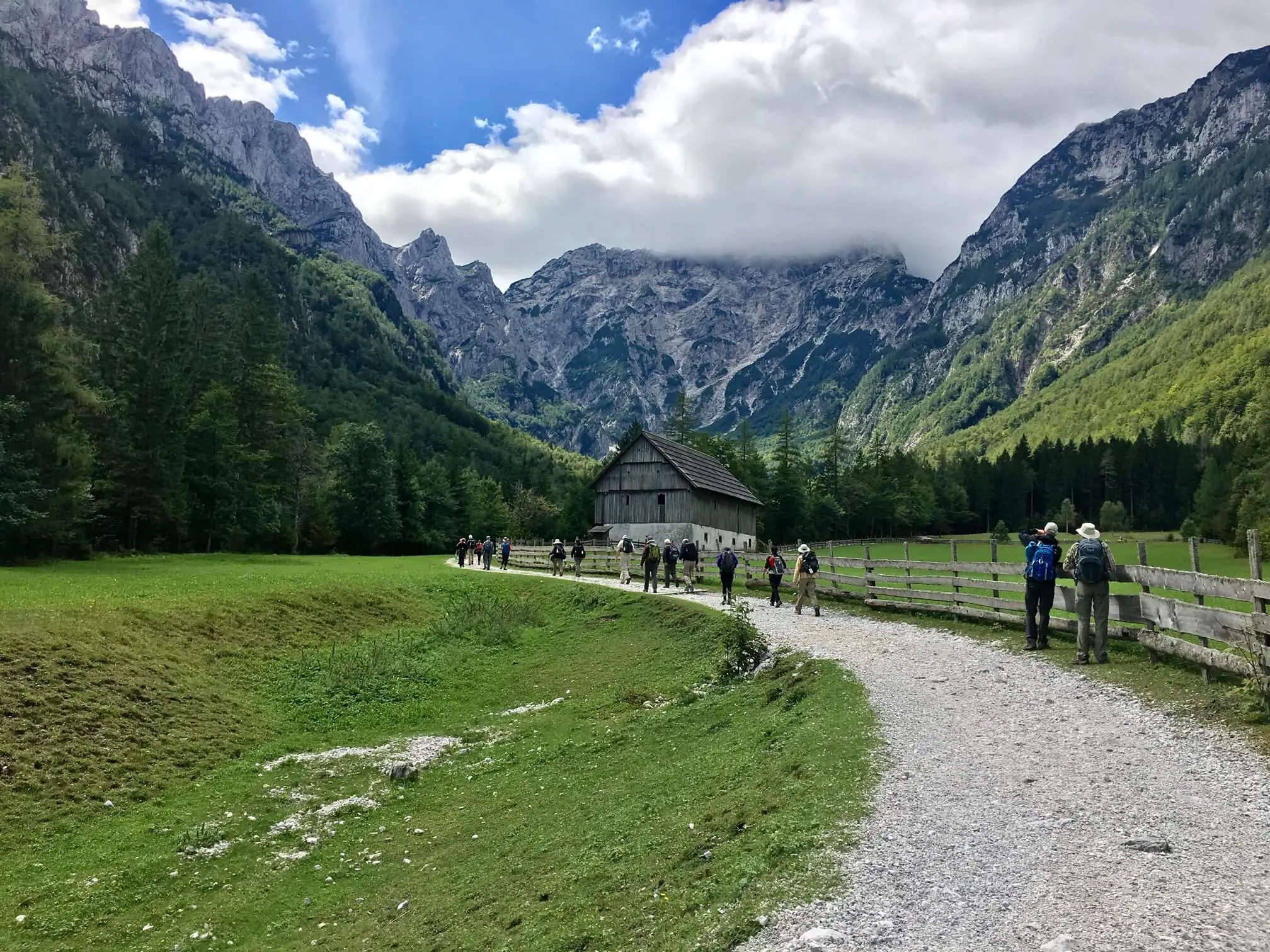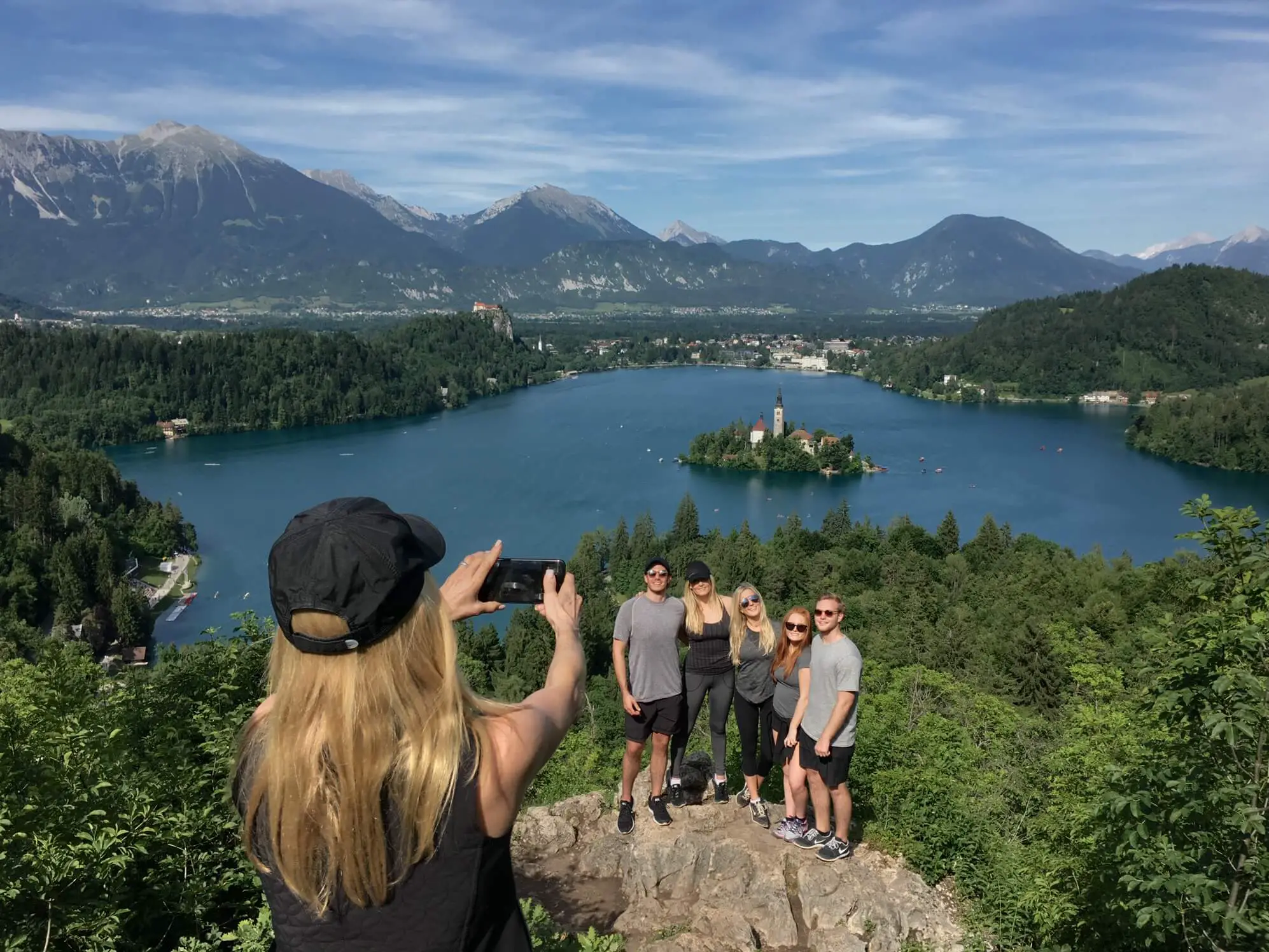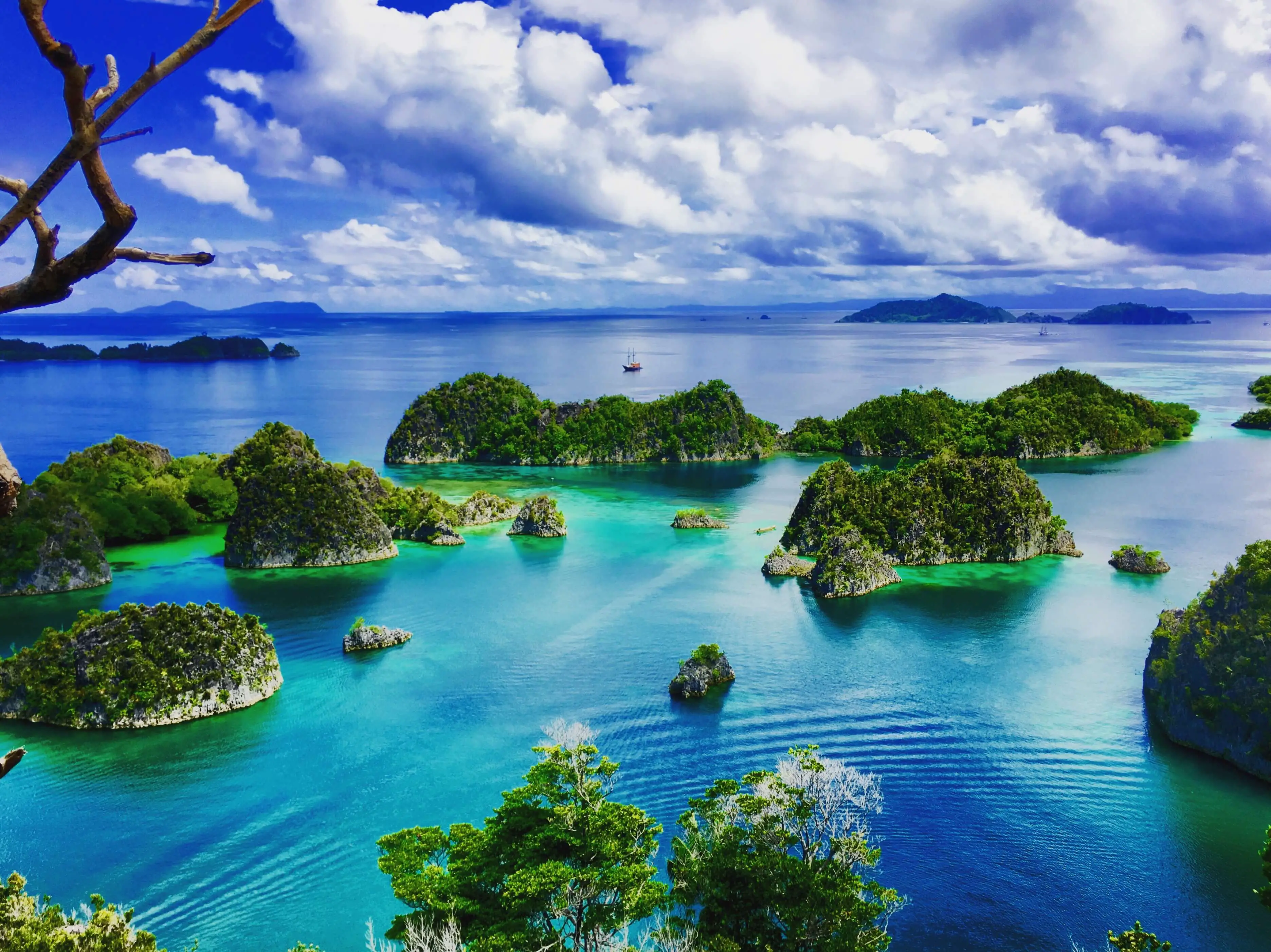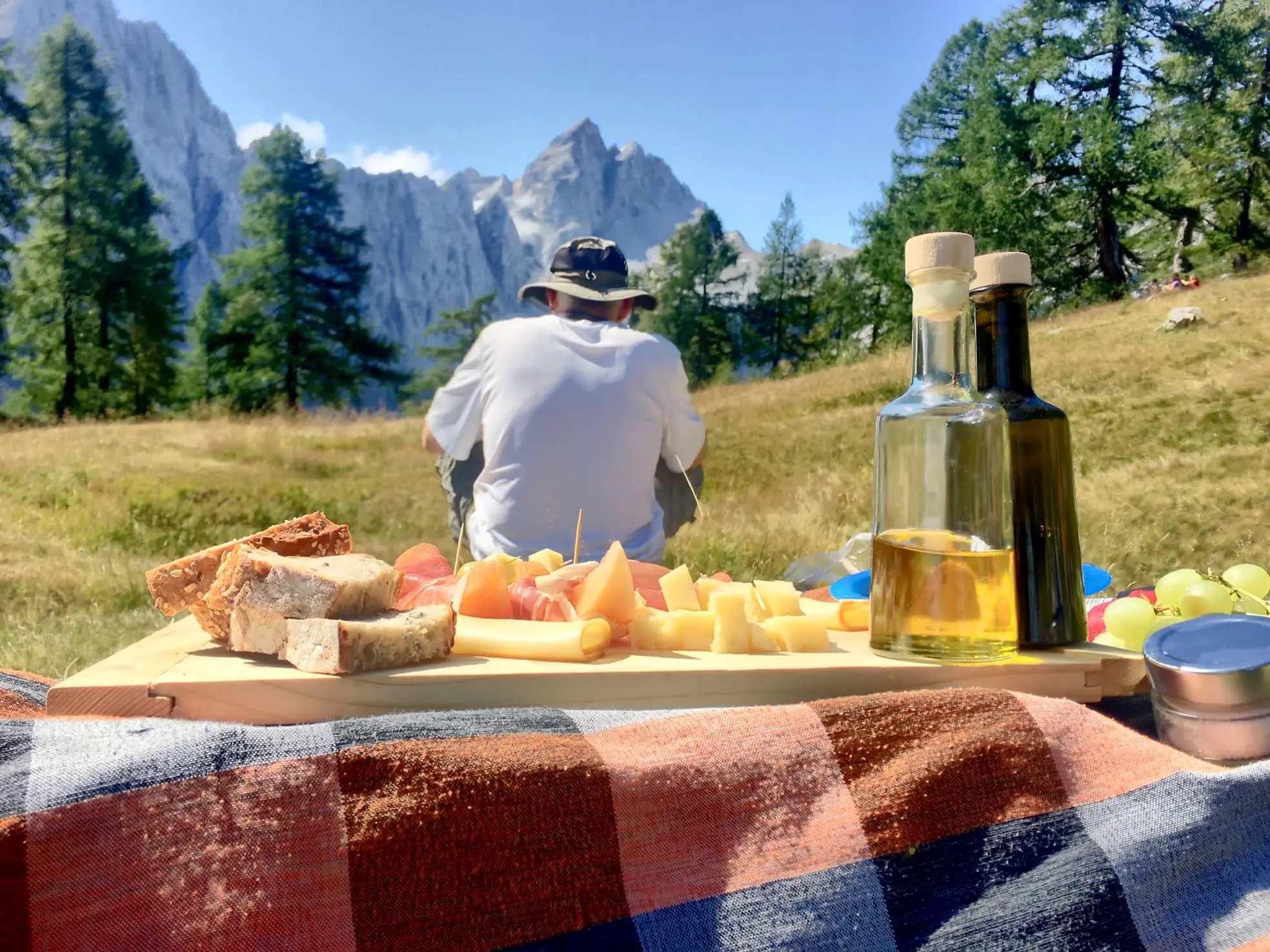Meet the People
Where did you live before Slovenia, and what brought you here?
We were living in Istanbul, Turkey. Last year we came to Ljubljana for a vacation and we loved the country. Actually, we always had an idea of moving abroad. After this trip, we decided to move to Slovenia, because when you compare it with İstanbul here is so green, so peaceful, and there’s no traffic. If you are a tourist, İstanbul is a beautiful city but if you are living and working there it’s too hard to live. Such as, everyday I have to go to work and it takes two hours going and two hours coming back. It is really exhausting. So all these reasons brought us to Slovenia.
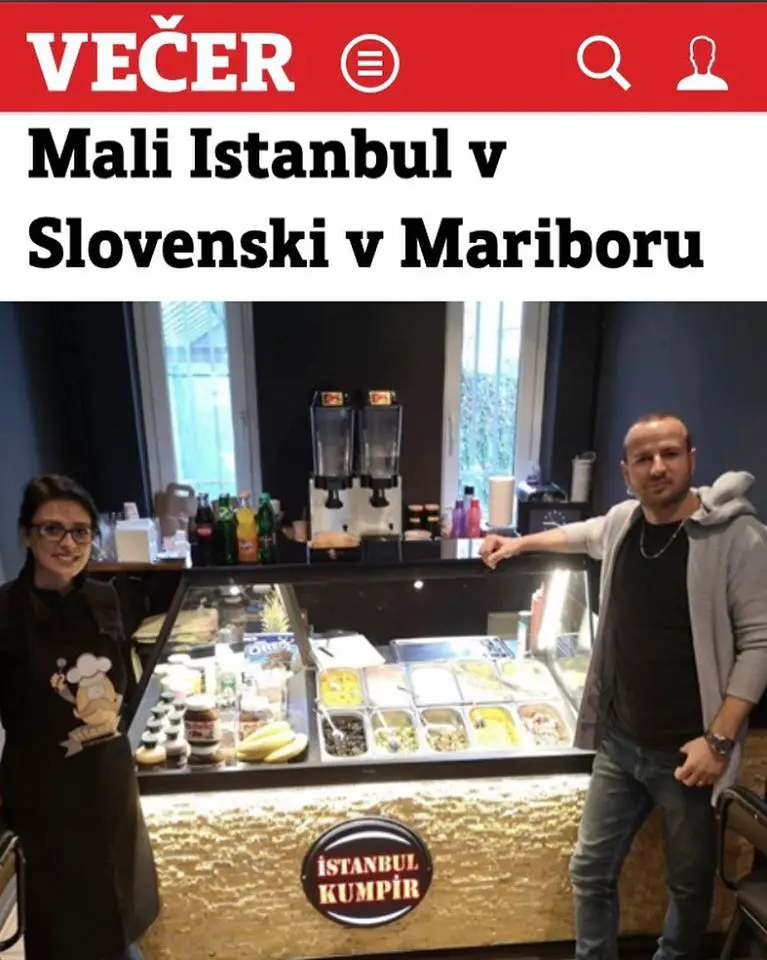
How was the process of moving here?
After our trip, we talked with some consulting firms about the investment conditions to get a visa. We evaluated these and decided they suited us. Then we started to look at property to buy in Slovenia, we used bolha.com and nepremicnine.net, but we could not find anything and so we came to Slovenia once more. We visited Ljubljana, Portorož, Koper and Maribor. That’s how we found our store in Maribor.
Overall, the experience of this was really good. We were travelling to different cities and at the same time we were looking for a place which was good for us.
However, we were told that making an investment is the best option if you want to move here, you don’t need to wait too long and can get your visa within three months. But in fact it took much more than more than three months, eight months in total, and that was hard and stressful for us.
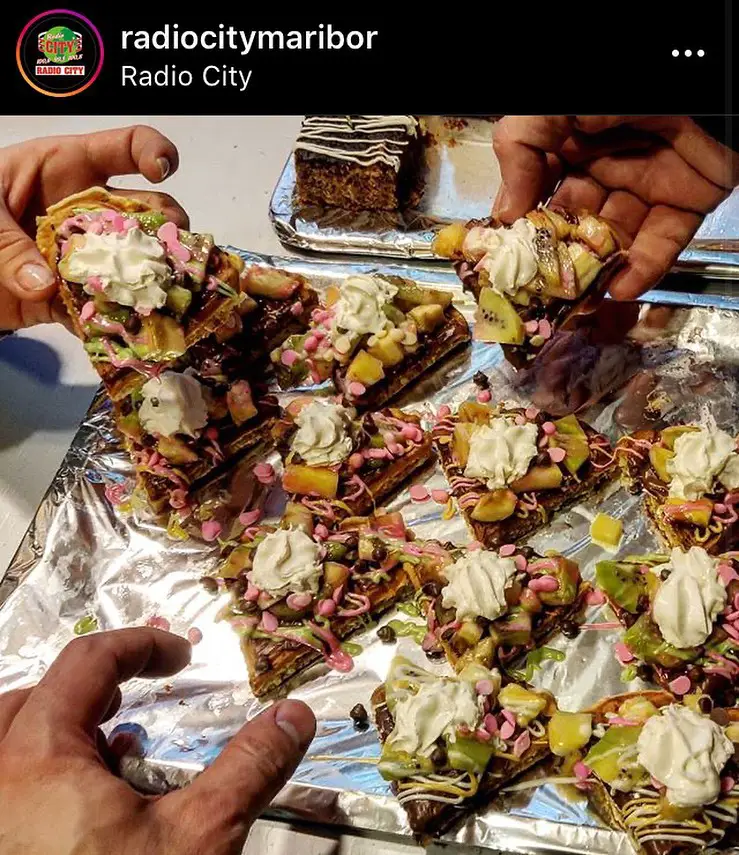
Have you started to learn Slovene?
We applied for the governments language course, but when we went we saw that they were teaching Slovene with Slovene. There is no class from English to Slovene. This is a problem for us, but we’re trying to learn at home with some online courses.
What work did you do back home?
Both of us have bachelor’s degrees and graduated from İstanbul University. After I graduated from the business administration department I worked as an auditor for four years and after that worked two years in a bank as a senior specialist in the financial reporting department. Omer, my husband, graduated in tourism management, and worked in the tourism sector. Then he took a bakery course and learned how to become a pastry chef. He had a bakery/café in İstanbul for five years before we came here.
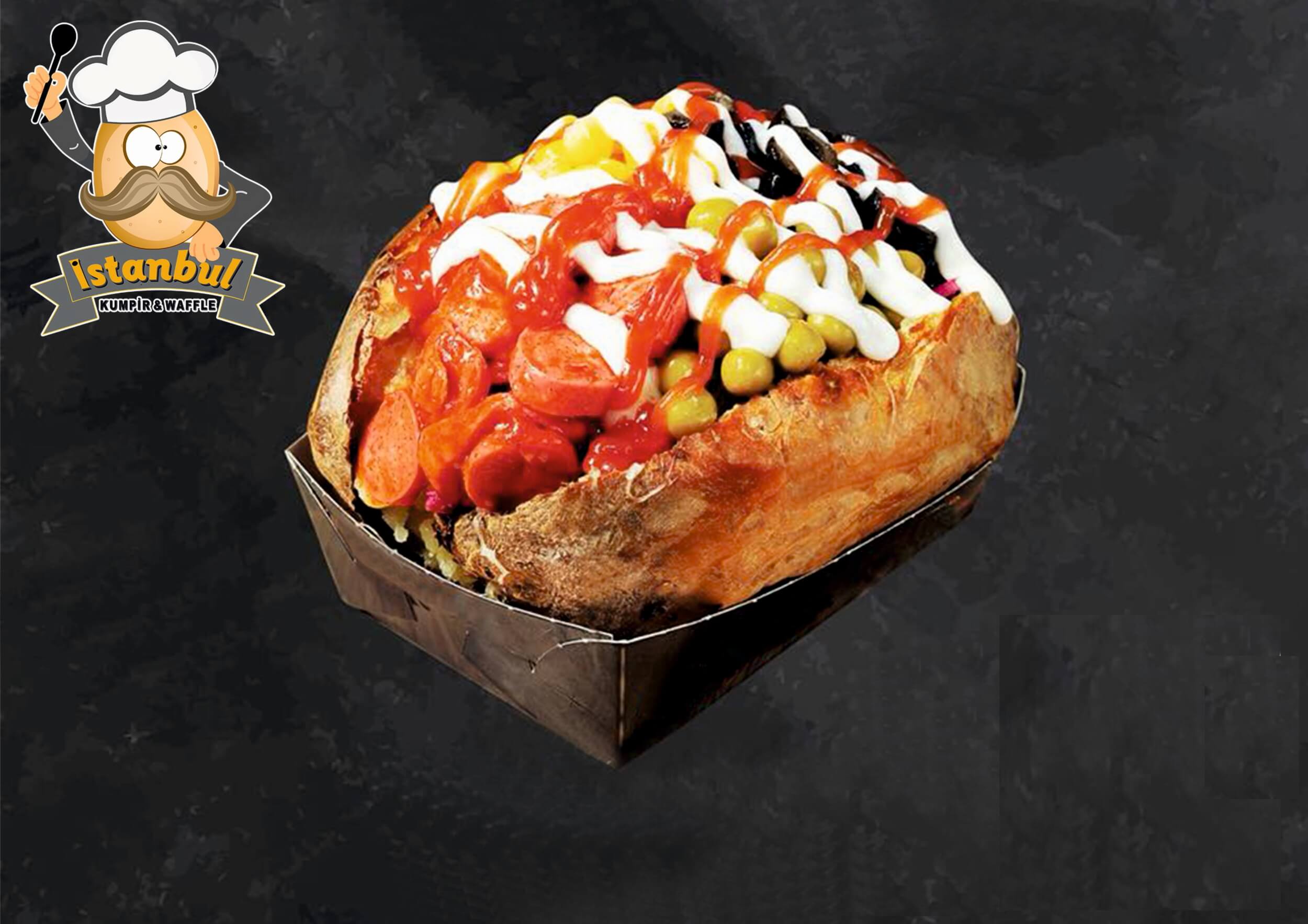
What’s your business in Maribor?
We opened our restaurant three months ago. We make large baked potato, mix it with butter and mozzarella cheese (like a puree) and put different types of salad on it. This is a special kind of Turkish street food. We also have waffles with a different toppings. And of course, we have original Turkish baklava, Turkish coffee and Turkish tea.
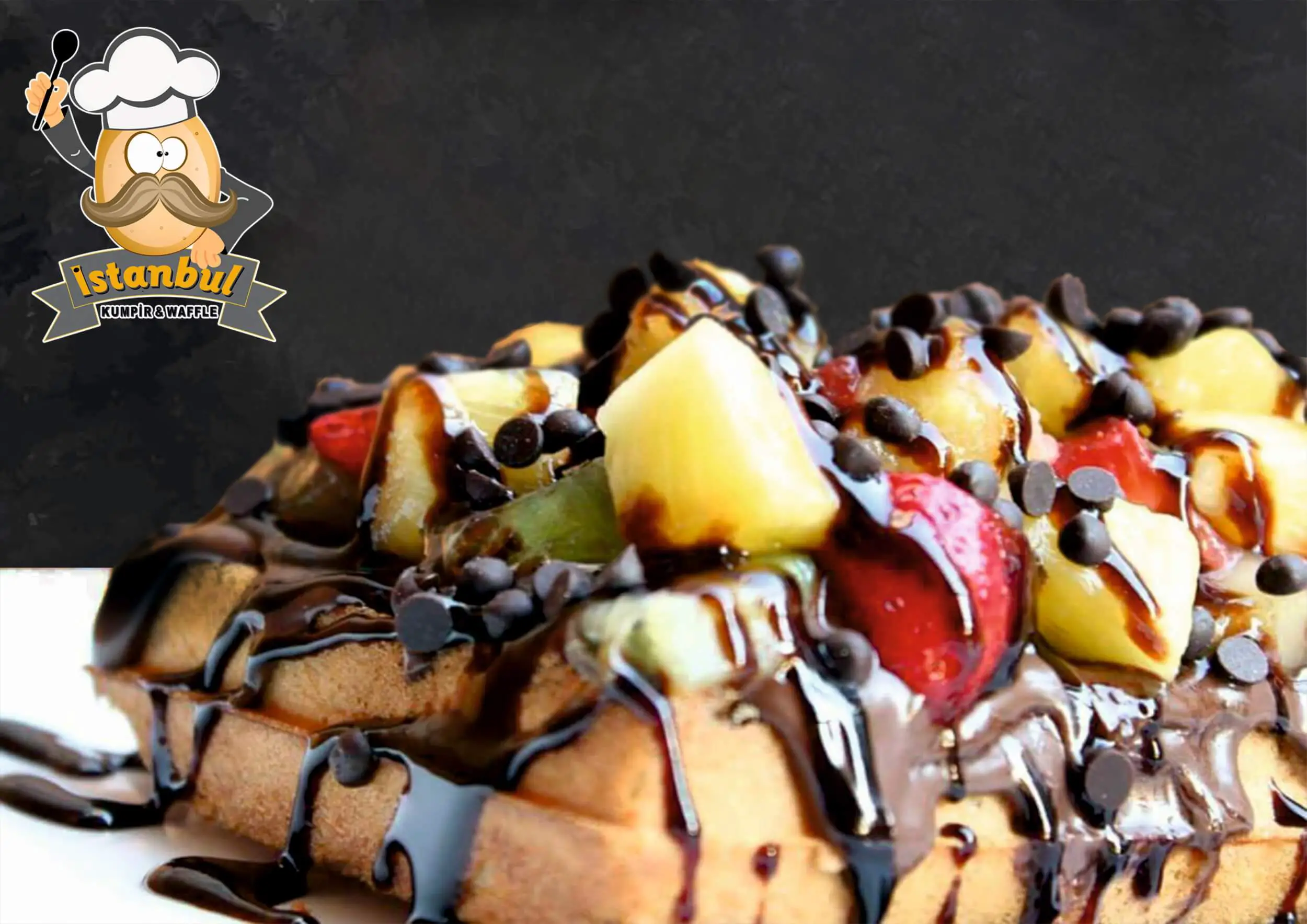
Where can people find out more about your work?
We have a Facebook page, Istanbul kumpir & waffle, and Instagram page istanbulkumpirandwaffle. The best thing is to come and visit us and try some Turkish street food, at Slovenska Ulica 42, 2000 Maribor.
If you’d like to share your story with our readers, please get in touch at This email address is being protected from spambots. You need JavaScript enabled to view it.
STA, 21 January 2020 - Marija Frlan, who will celebrate her 100th birthday on Holocaust Remembrance Day, spent the last year of WWII in the Ravensbrück concentration camp. She told the STA ahead of her birthday she was not surprised when Nazi secret police came for her, because she had worked against the Germans.
Members of the Nazi secret police came for her in the spring of 1943 and first took her to forced labour. She had to clean and tidy Gestapo offices and other rooms in Škofja Loka for nine months.
During that time, Frlan helped an incarcerated female Partisan, so she was not surprised when she was brought in for questioning and took to prison in Begunje na Gorenjskem.
Her husband was also incarcerated at the time and killed soon after.
After more than two months in Begunje, Frlan and other prisoners were taken to the Ravensbrück concentration camp, north of Berlin.
"We walked from Begunje to Lesce in the snow and waited for the train there, which took us to Munich, where we changed trains and then drove straight to there," she recalls.
Ravensbrück was the biggest concentration camp for women between 1939 and 1945, and also had a male section in the final years. Some 120,000 women and children of 30 nationalities were brought there.
More than 80% were political prisoners, including Frlan.
She said she had made new acquaintances at commemorative events of former internees. But all Slovenians did not all knew each other while at the camp, because they were divided in two sections.
She said no respect could be felt at the camp. "They were Germans, we were convicts."
Being accustomed to hard work since early age, Frlan made it through all the hardships. She said she had quickly learned it was best to stay quiet, calm and not make any trouble.
But even in this ordeal, the internees made some moments even pleasant for themselves. "There's plenty of memories, even a bright moment now and there, I can't deny that."
Frlan spent 13 months at the camp and was liberated on 27 April 1945. But on their way home, the former internees feared both the Red Army and German soldiers and were hiding from them all.
Her journey back to Slovenia in a group of 30 people, including some men, took one month. They walked home but used any transport available along the way.
Frlan remembers the last train they took in Austria before reaching Maribor. "There were some soldiers there, and I didn't know who they were. They told us to get off, so we did, then we got back on, but they told us to get off again.
"So we asked why, if we just want to get home, and they said that whoever comes to Yugoslavia gets shot. But since we were so used to it all we said ok, so we will die at home if we didn't up here."
The soldiers' threat did not materialise, but the group was taken to questioning in Ljubljana after which Frlan could return to her home town of Škofja Loka, but there was noting there waiting for her. "I came home to nothing, neither a husband, nor apartment nor a bed."
Accompanied by a security guard she searched other people's homes to find her property. "My husband was a carpenter, he made everything himself. I got the entire kitchen, a bed and a closet," she said about her quest.
She slowly got back to her feet, found a small apartment and a job and later started a family. "I'm used to everything. There was more bad than good, but life goes on," said Frlan who will turn 100 on 27 January, the day that the UN declared International Holocaust Remembrance Day.
On 27 January 1945, Auschwitz-Birkenau, the largest Nazi concentration and death camp, was liberated by the Red Army.
If you’ve registered for a free account, you can watch an interview with Marija Frlan on the RTV Slovenia website (in Slovenian, with Slovenian subtitles – just hit CC in the lower right).
People come to Slovenia for many reasons, some more unusual than others, and “en route to Mongolia” has to be one of the more interesting. Even more so when done on the back of a bicycle and with the aim of collecting good news about tackling the climate crisis on the way. So when we came across the story of Mike Elm we had to find out more, and sent along some questions that he kindly answered in between time in the saddle.
What brings you to Slovenia?
I’m currently on the “New Story Ride”, an epic bike-packing adventure that started in Vienna on 24th November 2019 and is heading towards Mongolia over the next two years. The New Story Ride was inspired by my partner Rosie Watson, who set off from the UK in August this year on the New Story Run [see more about that here].
Through the ride I’m finding and telling stories of how people are living and creating businesses and systems that make for a happier, more cooperative, compassionate and fun world whilst tackling the climate crisis.
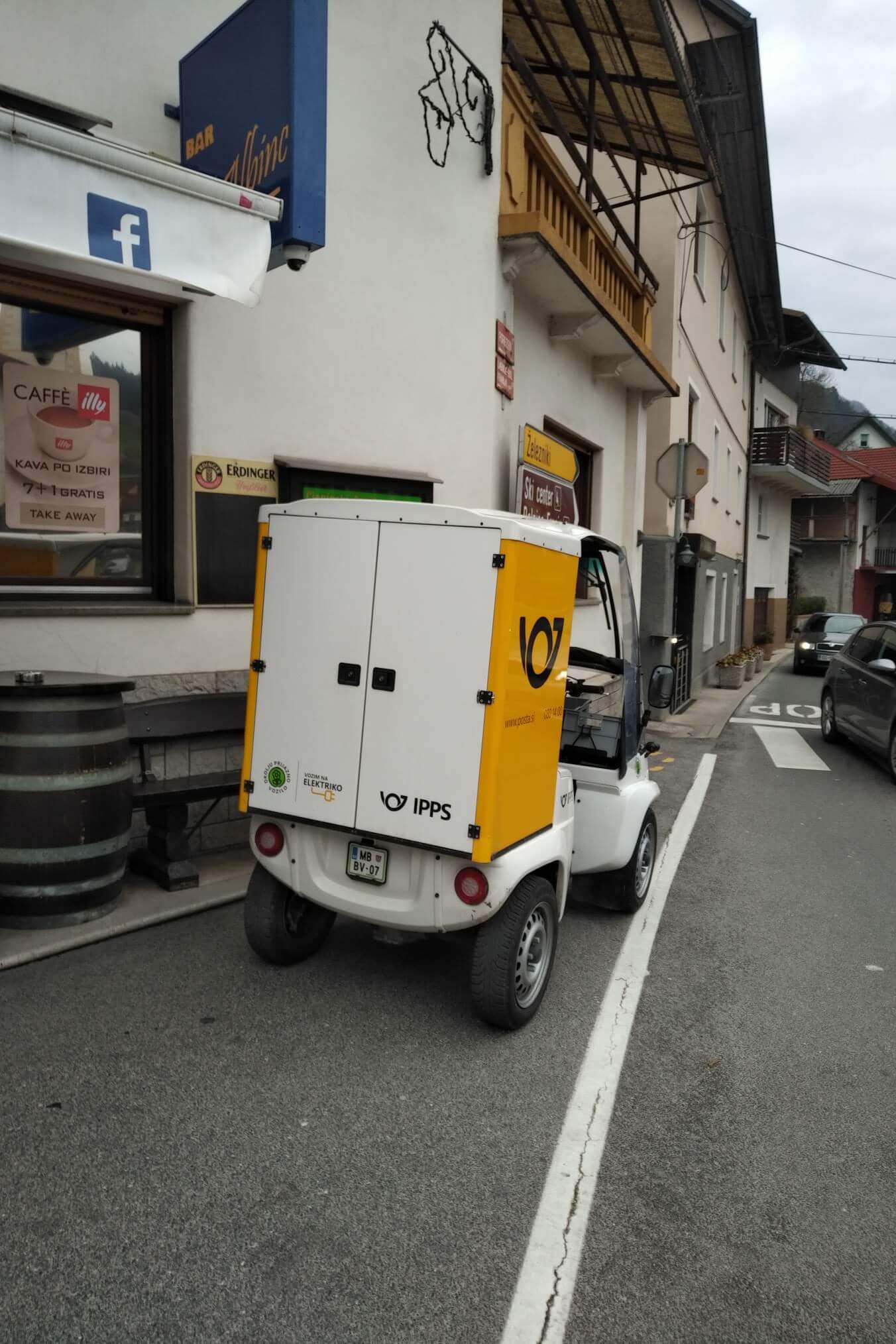
E(lectric) mail in Cerkno
How are you getting around?
I’ve been lent a Ridgeback 603 GS Mountain which is a sturdy steel-framed mountain bike, with 26 inch wheels. It’s got chunky but slick tyres, so it can handle a decent amount of off road.
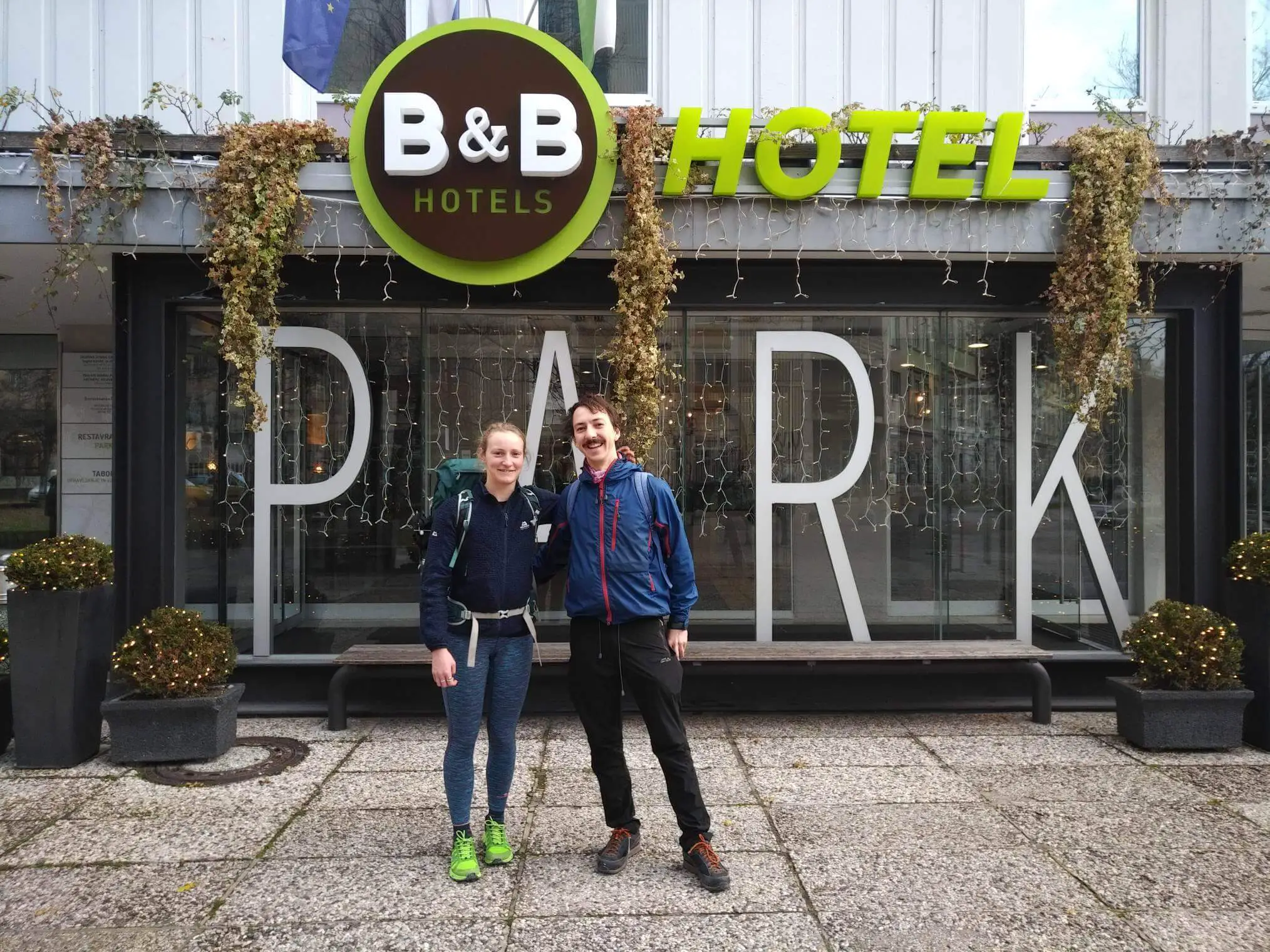
With Rosie at Hotel Park
Where have you been so far?
I entered Slovenia over the Ponte Victoria Emanuelle III near Breginj, and was kindly taken into a house for the night in Homec. From there I went to Slap ob Idrijici where I was again generously hosted after I asked if I could camp. Then because of a closed road I ended up with a big snowy cycle to Škofja Loka along the incredible rivers, with a swim in Soča. Then from Škofja Loka I went to Ljubljana in the snow, and stayed there four days. I met Rosie there and we were generously lent an apartment for three nights and then the very eco-friendly B&B Hotel Park hosted us for the final night.
From Ljubljana I went along the beautiful Krka valley, camped one night just at the start of it. Then was hosted in Novo Mesto before going to Zagreb.
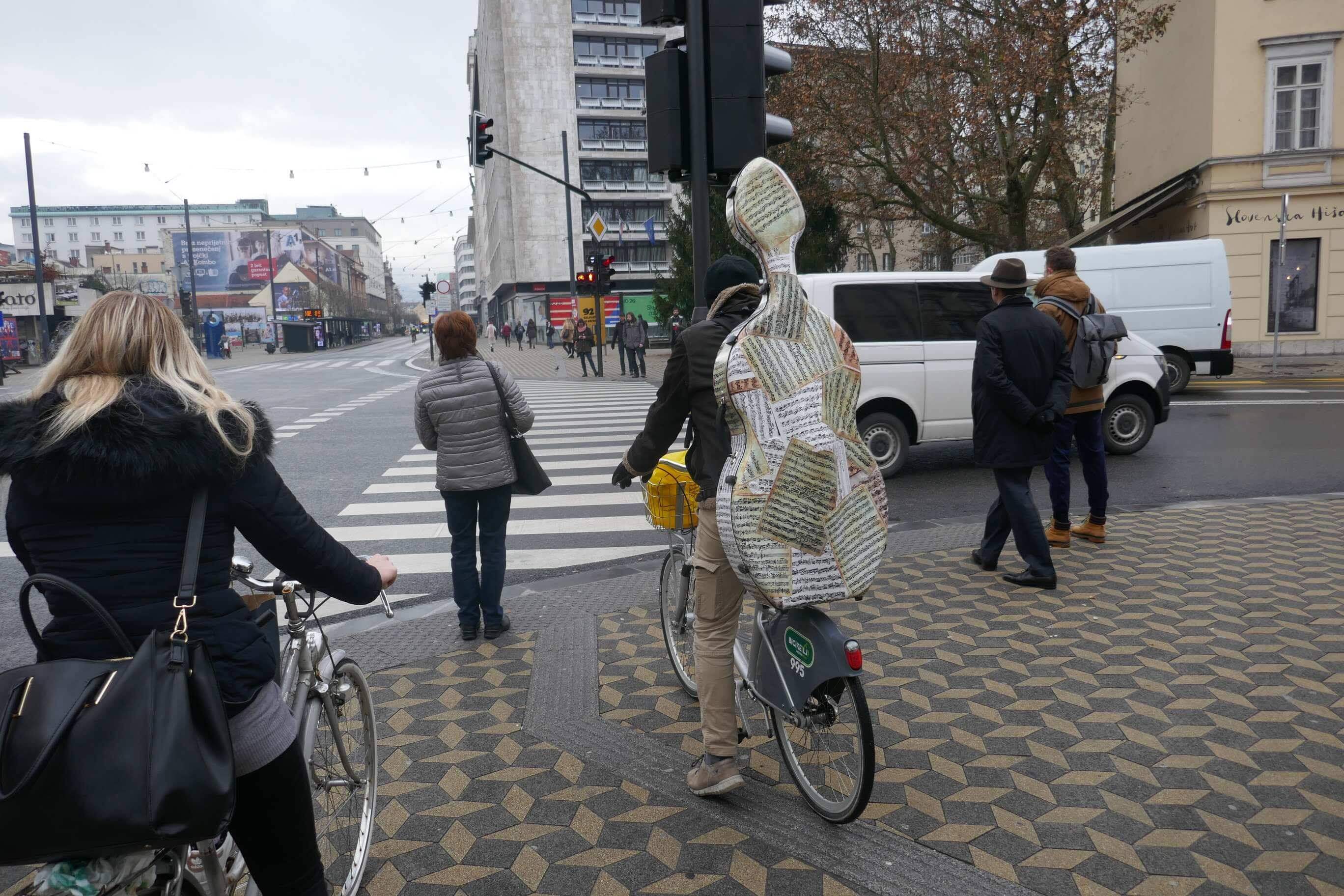
The creative use of bikes in Ljubljana
What are your impressions of the country?
This was my third visit to Slovenia – I’ve only ever come on bicycle. I think it’s a beautiful, understated country. I love seeing the vegetables growing outside people's houses across the country. I hadn’t appreciated how impressive Ljubljana's people-friendly, car-free, city centre is before. This time I really saw how special it is, and how much others should learn from the city!
Any highlights?
When I knocked on a door in Homec at 6pm it was dark and cold. I asked if I could camp in their garden, and they quickly agreed, but then asked wouldn’t I rather sleep indoors?
This was the third time I’d ever knocked on a stranger's door and asked if I could camp, but the first time someone had taken me in. The couple were so kind, and their house was absolutely beautiful, it was a really special experience and I left with such a warm feeling, and many treats for the road!
This started off a string of generosity from people right across the country.
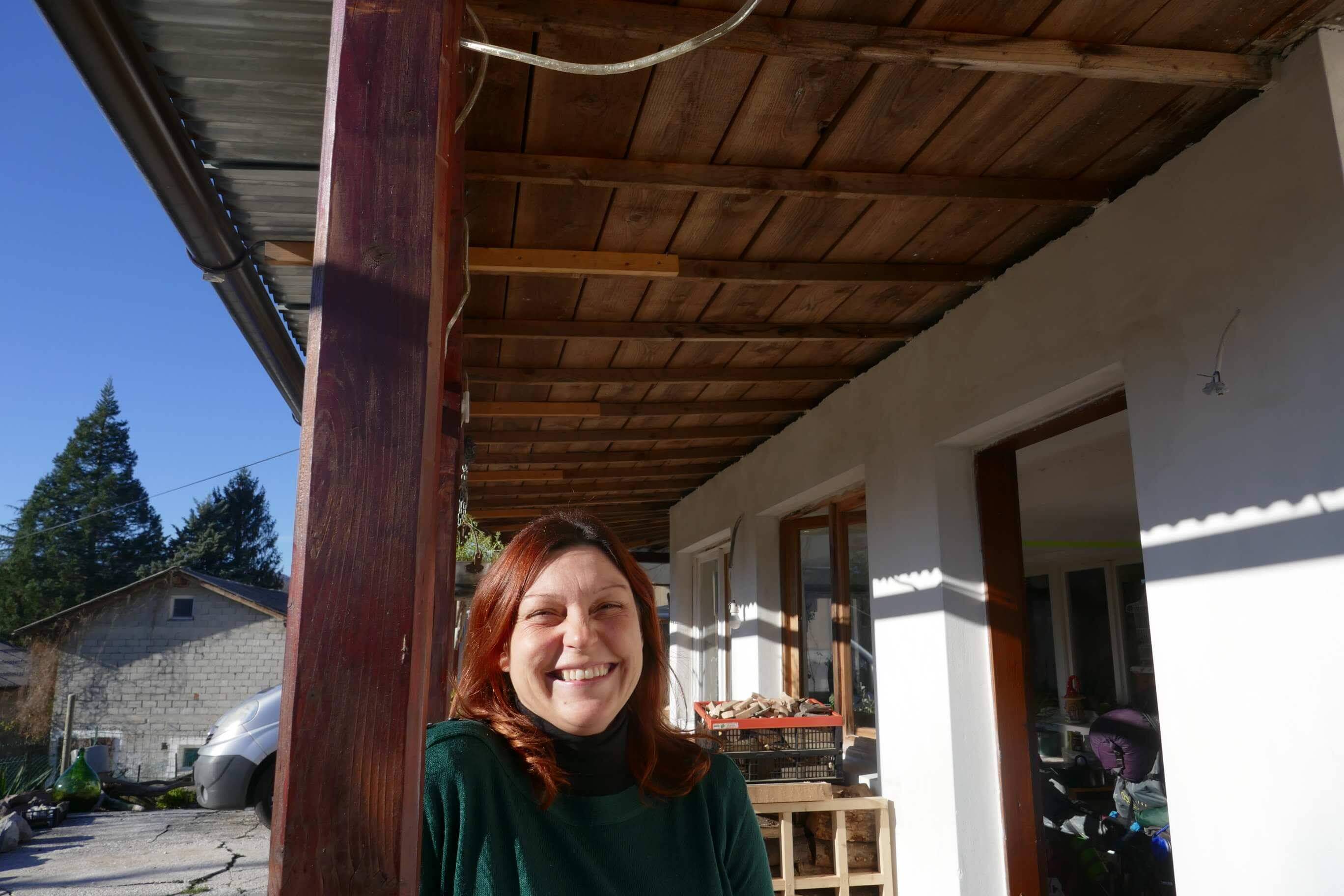
Urška my host in Homec
Any problems?
On the way to Škofja Loka I’d stopped in Cerkno for a coffee recharge and got chatting to a friendly guy in the café. He’d told me about a natural heated pool somewhere past Podpleče. I couldn’t resist trying to find it, instead of going along the more direct road to Škofja Loka.
The road where I thought the pools should be had a sign saying it was closed, I guessed maybe that was only for cars. I’d already gone up and down over a big hill so I wasn’t about to turn around. The road was closed, though, with a huge mound of rubble and diggers blocking the way.
I backtracked a kilometre, and found the road leading to Mrovljev Gric, which was very uphill, and as I started up it began to snow. By the time I was at the top of the hill there was snow covering everything and then: The first ‘crash’ of the New Story Slide… I mean Ride.
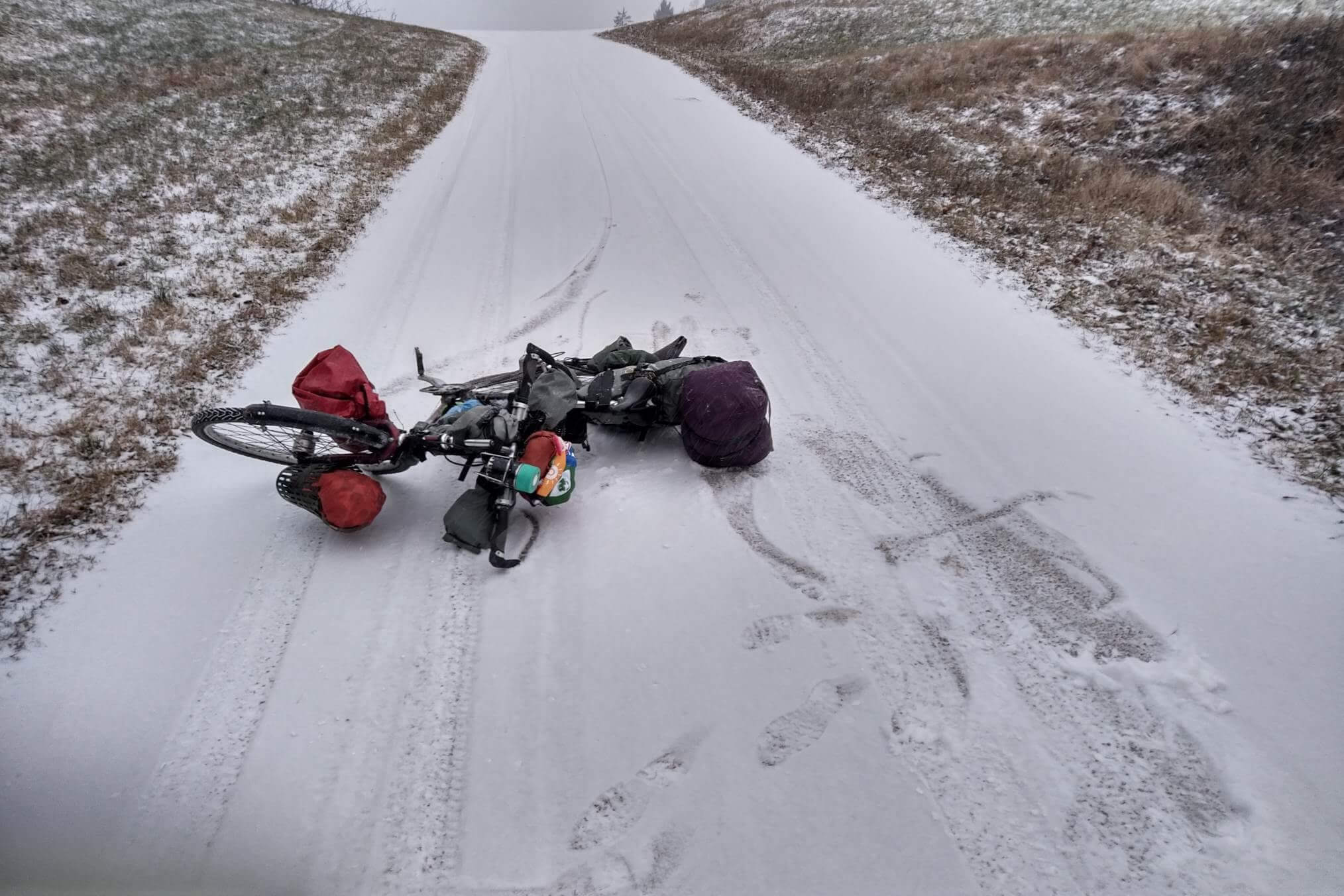
The hour and half of penguin-footed pushing the bike down the snowy hill in the dark was one thing, but the final 20km on a road proved the biggest challenge.
The relief of being off the hill evaporated, or was smothered by the slippery new snow, and the dark reality of a road populated by obnoxiously fast cars. Driving is one thing, but doing so close to a cyclist and occasionally beeping is very unnecessary. It was almost with tears in my eyes I met Rosie at Ziva and Matej’s house outside Škofja Loka. Accompanied by Prince’s “Purple Rain” blaring out of my coat.
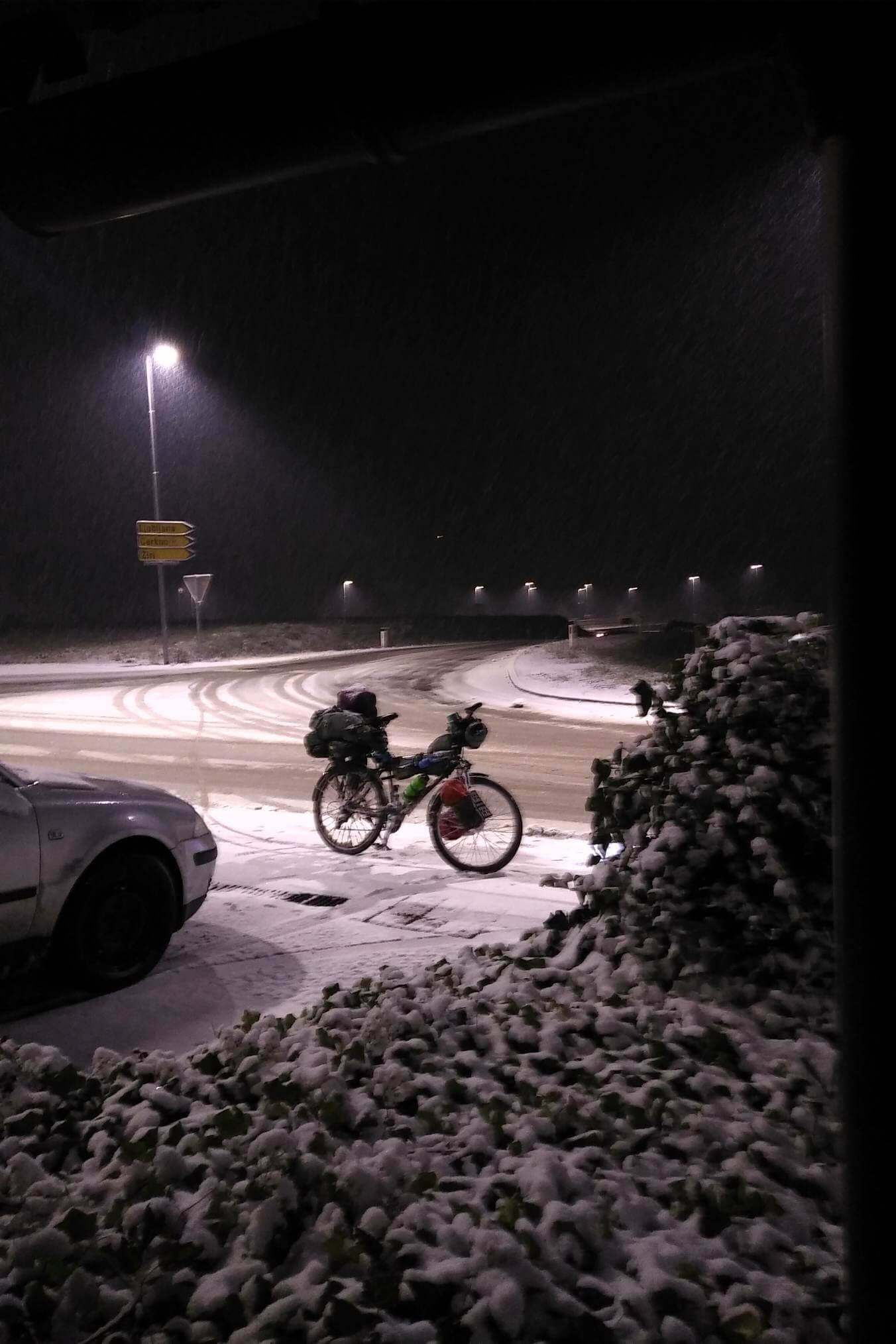
How can people help or learn more about your project?
The most important thing is for people to start creating and telling a new story, one that makes a better, happier, more fun world that isn’t going to end in climate catastrophe. What that means is going to be different for everyone. People can help the New Story Ride directly through offering places to stay, a meal, or contributing to the GoFundMe page, and reaching out to share stories that could be visited along the way.
You can follow my story on the website, NewStoryRide, look out for #NewStoryRide and follow on Instagram/Twitter: @elmers87 or the Facebook page: The New Story Ride
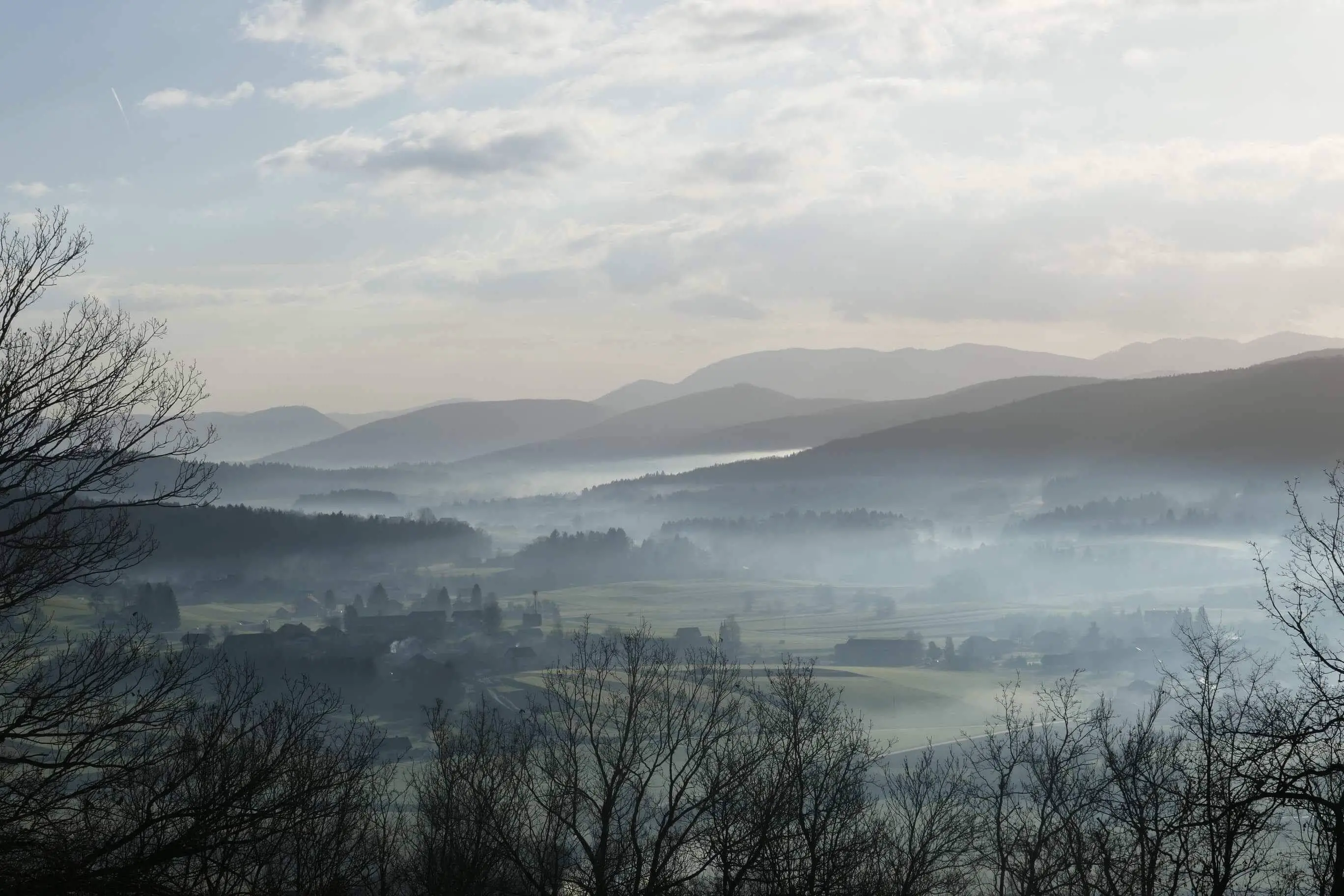
Krka valley
Where are you going next?
I’m now in Croatia, on the car-free island of Silba. I’m looking for pieces of the new story as I go down the coast, intending to visit other islands too, and then I may go to Bosnia and Herzegovina and Serbia if the winter isn’t going to be too hard. I also plan to go to Albania, as the mayor of Tirana is doing interesting work to make the city bike and people friendly. Then maybe Greece, before Bulgaria to take the boat across the Black Sea to Georgia, Azerbaijan and then most likely across the Caspian Sea, if it’s not possible to visit Iran. Then intend to travel through Kazakhstan, Uzbekistan, Tajikistan, Kyrgyzstan, back to Kazakhstan and then either through some of Russia or China to reach Mongolia. Simple, right?
You can learn more about Mike’s story on his website, Facebook, Twitter or Instagram, and if you have a story about Slovenia you’d like to share with our readers please get in touch at This email address is being protected from spambots. You need JavaScript enabled to view it.
We recently attended an annual gathering of sinologists, and were curious about what people get up to after they graduate. One person with an interesting answer was Roman Križanič, CEO of Deseti brat and an active tour guide based in Slovenia and South East Asia.
How long have you been in the tour guide business, and how has your work changed over the years?
I‘ve been involved in organizing and guiding adventure and active tours for the last 20 years. The first trips were mostly to China, as I was a Sinology student at the University of Ljubljana. After that the focus was on SE Asia in winter, as more and more summers were reserved for exploring and touring Slovenia and neighboring countries. It became my routine: spend winters in Asia – Indonesia, the Philippines, Myanmar, Cambodia, Laos, Nepal, Malaysia, and of course China and Taiwan – then summers in Slovenia. The best of weather all year round – escaping winter.
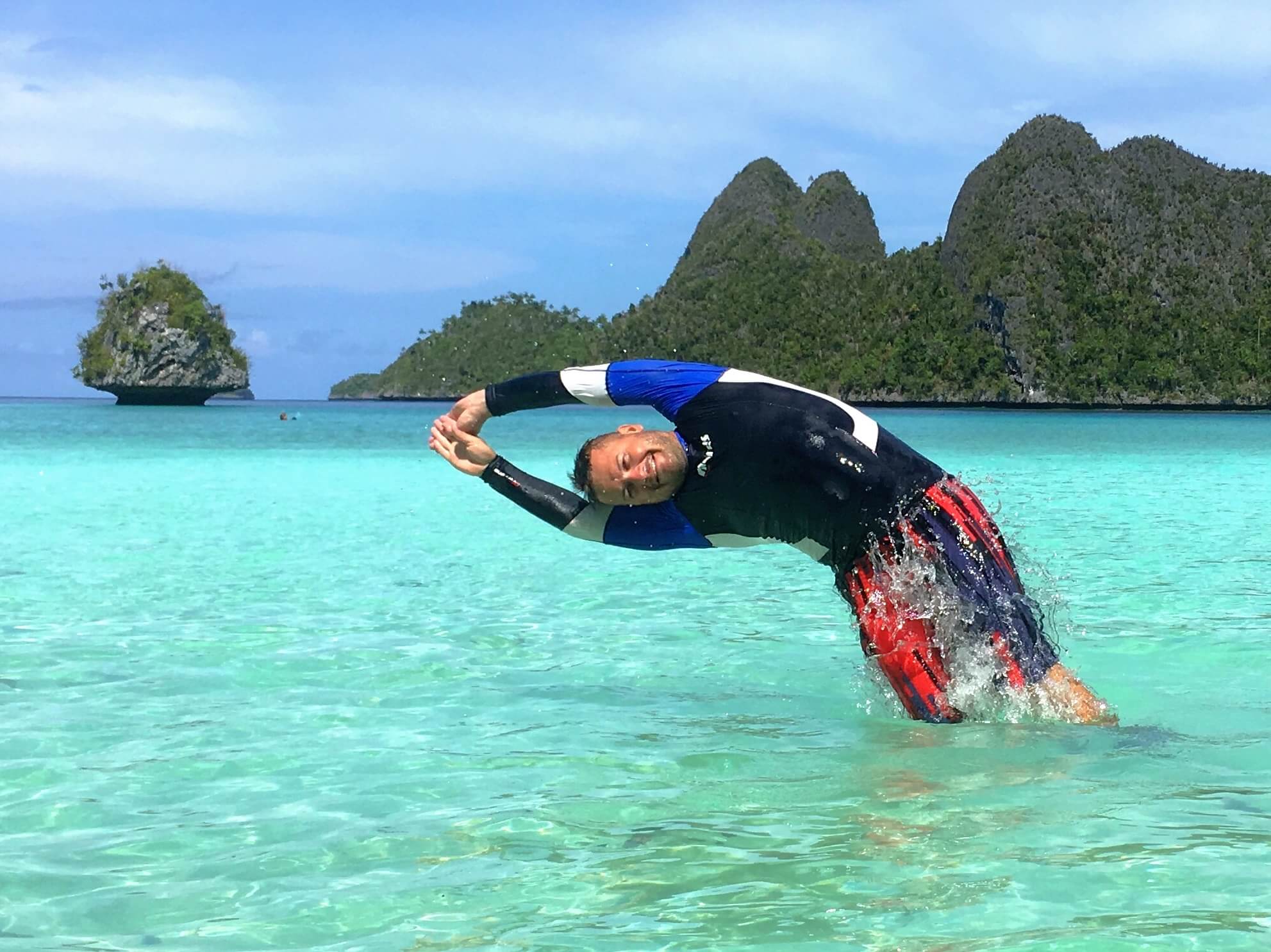
It’s also great because I can combine showing amazing places around the world to guests from Slovenia, and beautiful places in Slovenia to visitors from all over the world. I mostly run tours to Asia through my travel agency, Deseti brat. In Slovenia we’re a group of enthusiastic friends gathered around the TrekTrek travel agency. Our dedicated work has also been recognized by some of the world’s best tour operators and organizations in the US, including National Geographic, as we are their main partner in the area.
What size groups do you work with?
Keeping groups small, a max of 10 to 12 people, is one of the main advantages of traveling with us. We’ll remember your name within the first day and can take you to almost every corner of the country. We avoid big buses and walk or bike whenever possible. We love off the beaten track places, which you can visit on foot or in small van along some stunning country roads. And yes, smaller groups are more likely to get invited to people’s homes!
Do you have any standard tours of Slovenia, or are they always customized?
We do both. We know our country very well, we know amazing local hosts, we can bring you to the best restaurants, from home cooking to world class chefs, you can join us on the most scenic hikes in the Julian Alps or meditation style easy strolls through green forest, alpine valleys, and meadows. Get in touch with us and we will come up with the best tour based on your wishes.
My favorite tours in Slovenia combine active days with culinary experiences. What more you can wish for than summiting a peak with great views or cycling a few hours next to a pristine river and then biting into the amazing Slovenian food. One of best tours I did was Slovenia combined with Istria and Dalmatia in Croatia. The variety of places, scenery, food, and climate on that trip was just mind blowing.
In general I’ll always be a big fan of outdoor activities, but no extremes. And it’s this passion for this type of traveling I try to bring to our tours.
What things tend be highlights of your tours in Slovenia?
Hiking and biking are probably most popular, and I’m happy that with these more and more people follow our advice and we explore less known places. That said, I guess it’s hard to resist the beauty of Lake Bled and some caves.
Which places outside Slovenia are you favorite to visit for pleasure?
My favorite place in last few years is Raja Ampat, an amazing archipelago west of West Papua in Indonesia. Marine life at its best, amazing snorkeling, diving and island hopping. Great for active holidays for anyone that likes sea activities. I love to get into a sea kayak and quietly paddle around hidden lagoons and stop at coral reefs or just to say hi to ocean mantas, turtles or even whales. I’ve been leading to Raja Ampat for four years now.
Where haven’t you been that you’d like to visit?
Please don’t ask me this. Are trips to Mars already open? If not, I still have many places to visit around the world, including some around Slovenia. But it looks like the USA and its national parks will be next – too many friends are inviting over.
Where can people learn more about your work, and maybe book a tour?
Please visit my website – www.desetibrat.si and learn more about my trips based on different themes and with a touch of mystery, which run all through the year. All the dates of current tours are also published there. For any customized tour around Slovenia or Asia, then you can send an email to: This email address is being protected from spambots. You need JavaScript enabled to view it..
How long have you been living in Slovenia, and where do you live?
I moved to Slovenia in March 2018 to be with my fiancée Anita who is a Slovenian national. We are currently living in Ljubljana, where Anita works.
I first met her via Couchsurfing in 2015. She asked me many questions about travelling around India. Unfortunately, we never met up at that time as I was out of Delhi on a tour, however we remained in contact. At the end of 2016 we arranged to do a month long yoga teaching course in Rishikesh together and from there on it was a bit like a Bollywood movie … love at first sight!
After the course we did some motorbike touring up into Nepal before Anita returned to Prague. In 2017 she returned to India again for 6 months, during which time she lived with my family. Eventually, I joined her in Slovenia in March 2018 and we got married in India a year later, then came back to Slovenia in April to make our lives here.
How do you find living in Slovenia so far? Any major obstacles?
The decision to move to Slovenia was hard, because I’d never considered living outside of India prior to meeting Anita. Obviously getting a visa was the biggest obstacle, but since I got my working/living permit for Slovenia things are improving.
That said, many things here are more expensive than in India. The language was difficult at the beginning, but now I can understand people well and also speak okay, as my free 180-hour Slovene language course is still going on. I’m also a resident in Slovenia, and can work freely. The process was easy, but it took five months before I received my documents.
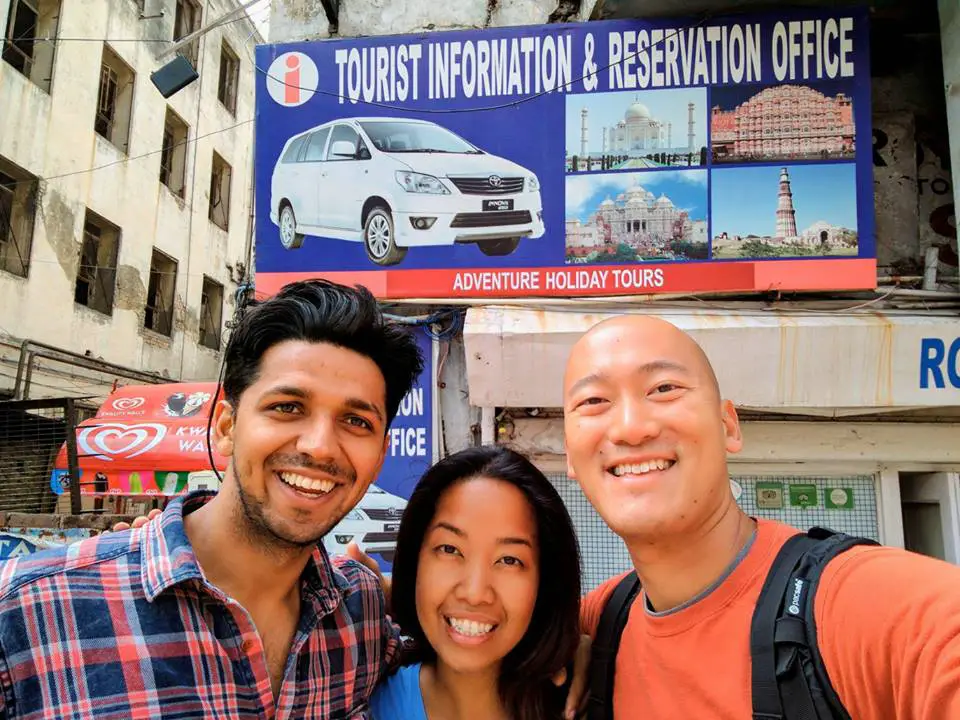
What has been your experience of culture shock?
The culture here in Slovenia is very different to India and the way of living is really very different then what I am used to, but I am lucky to have knowledge of yoga philosophy, which really helps me accept people in general wherever I go.
How do you feel about Slovenian food and drink?
Since I am vegetarian I cook my own Indian food mostly at home, and I do love Slovenian food too, as my mother-in-law really cook lots of different veggie meals for me and my wife. We both love it, and I must say there is lots of nice vegetarian food here as well.
What things frustrate you about life in Slovenia?
Nothing really frustrater’s me about life here. I just wish people in general would know that when they get angry they’re harming themselves more than anyone else, such as when they’re driving.
What things delight you?
I love hiking and Slovenia has delighted me with all the beautiful hikes, paths and views. The lakes are really amazing, and now I’ve swum in most of the Slovenian lakes already, and hiked to the top of Triglav.
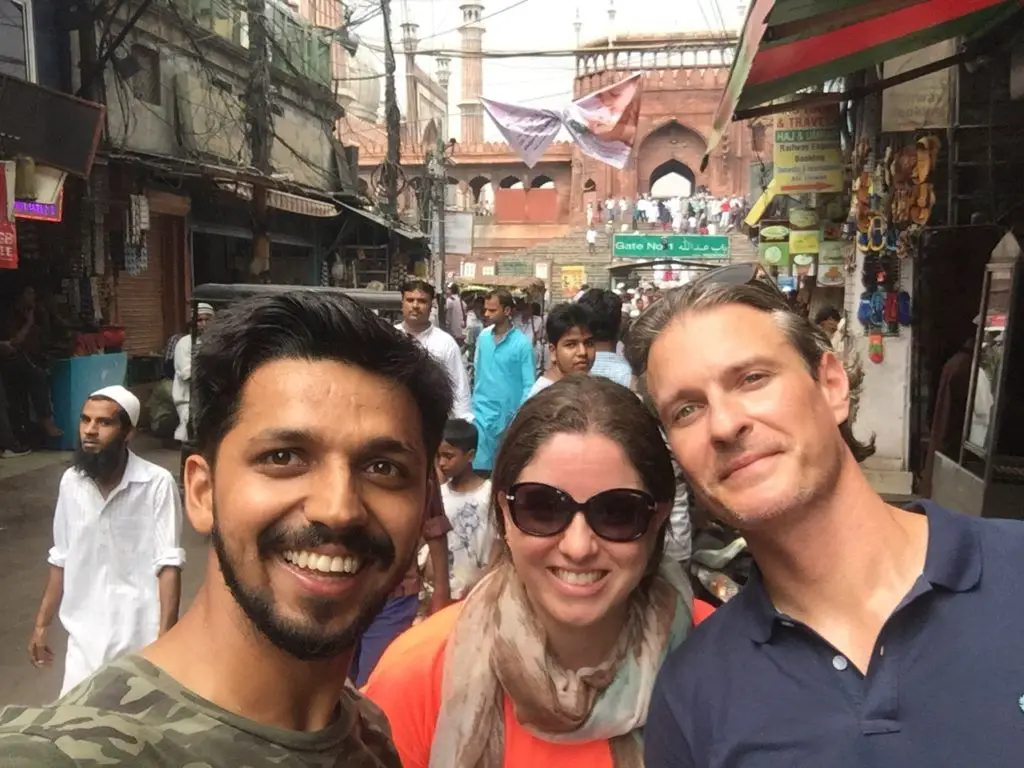
What do you do for work here?
When I left my school in 2007 I joined my dad in our family-based travel agency, Adventure Holiday Tours in Delhi, India. My work in India was to show visitors around the country and organize their tours with our private English-speaking drivers. Our company has a great team of drivers, and a very good reputation online because we made sure that everyone enjoyed their India Tour with us. Now here in Slovenia I started a similar company since I received my work permit – Adventure Holiday Tours, Tarun Sharma s.p.
My wife and I travelled around a lot of Slovenia before I received my permit to live and work here, she showed me the parts that even a lot of Slovenians haven’t been too. This was great, since my background is showing people around and making sure they enjoy their time, whether it’s in India or Slovenia. I am happy to say that it’s going well, and I’ve also put together a good team of local English-speaking drivers who work for me when I am not available.
If you want to learn more about the tours of Slovenia you can visit our website, Adventure Holiday Tours Slovenia., and take a look at the TripAdvisor reviews.
Slovenian food isn’t very colourful or spicy – is that a problem for your clients?
I have clients from India and all over the world. Indian clients always prefer Indian food or vegetarian food and since I know lots of good vegetarian places around Slovenia, it makes a lot easier for them.
Do your clients usually come to visit only Slovenia, or is it combined with other countries?
When people come to me, they come to visit Slovenia and also nearby places like Venice, Vienna, Zagreb and Plitvice lakes in Croatia, and even further, like Prague.
Where do you usually take people in Slovenia?
I usually take people to all the must-see sights, like Lake Bled, Lake Bohinj, Lake Jasna, Soča Valley, Kobarid, Skočjan Cave, Postojna Cave, Piran, Portorož , hiking to Velika Planina, Logar Valley, Lake Jezersko, Ptuj and a lot more places where even my Slovene friends haven’t been.
So far Slovenia Lake Bled and Postojna Caves are the most popular places with my clients, and the wine-tasting tours, along with visiting the country to experience Slovene village life, are also very well liked.
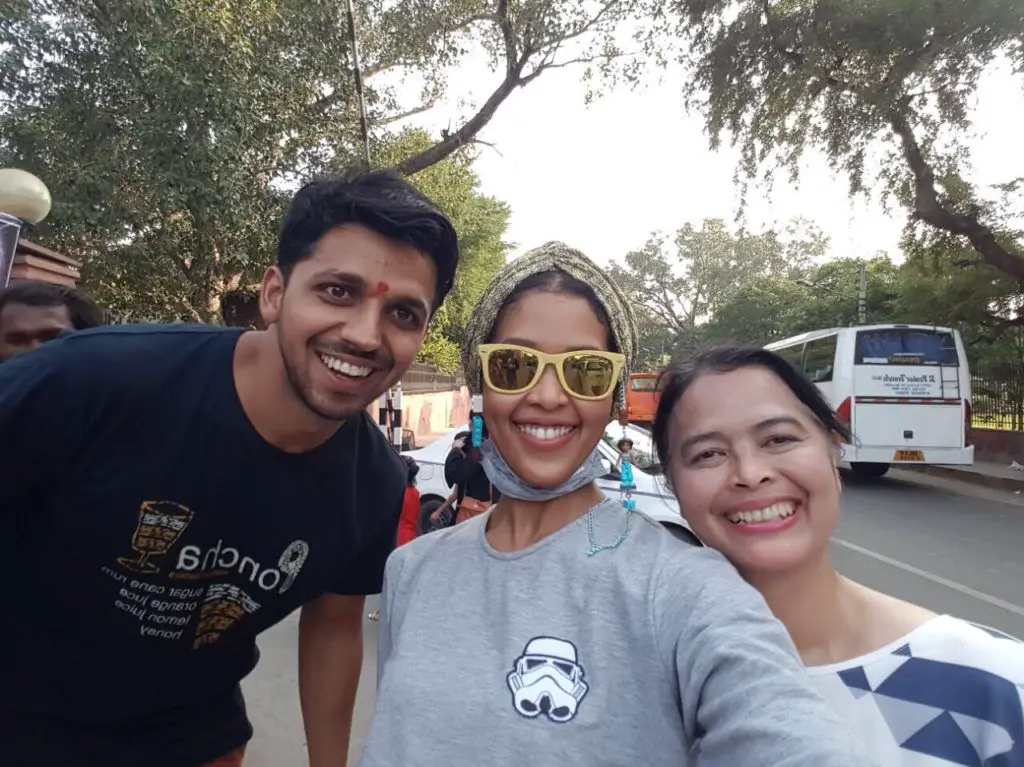
And you also take people from Slovenia on tours of India?
Yes, I started a Yoga retreat tour plan so that I can go back home myself and show Slovenians the best of India. It’s a very different country, and to experience India you must really be open and except it as it is. For Yoga Retreat Plan you can visit my website.
You also teach yoga, meditation, give massages and have cooking classes. What’s your background with all that?
As an Indian, yoga philosophy is always around every family, and I practiced yoga in school. My wife and I did a Yoga Teacher Training Course in India together in 2016, and continued to practice after this. We mainly did the course for our own and our family’s health. When we made the decision to move to Slovenia I started Yoga Classes and Ajurveda Marma Massages in Ljubljana Slovenia yoga studio. I started to love the feeling of showing people how to breathe properly and how to work with asanas (yoga postures), which can help the body/mind feel relaxed.
I teach Hatha Yoga, Vinyasa Yoga, Pranayama, Yoga Nidra and meditation. For me it`s very important to get people to have more awareness of their body/mind so that they can start taking care of themselves. Most of the time we are too busy with work and we forget to make time for the most important things – “our body”, “our mind” and “our health”.
I did a few Ajurveda courses and one of my favourite was Ajurvedic Marma Massage therapy course. Marmas are the pressure points throughout our body that help in proper circulation / flow and also relax the nervous system. It can help people who have stress, depression or are suffering from some pain in the body. People can already feel the benefit of the massage within a day, and the changes in the body. If you want to learn more about Yoga classes or Marma Massages you can visit my website.
I also teach Traditional Indian food cooking classes. This includes variety of different lentil dishes as well as vegetable dishes. I have spices from India which makes my food lessons interesting and makes the dishes taste like real Indian food in India. I learned most of my cooking from my mom. We provide Indian food cooking classes in our Delhi home to visitors, and I love to share the similar experience for the locals in Slovenia.
If your experience of Slovenia is anything like mine you’ll have friends and family who live in the country, know the land well, and are accomplished foragers, bringing home mushrooms, herbs, flowers, berries greens and other edibles from walks in the forest along routes that are jealously guarded, and followed when the season and weather is right.
Of course, such activities require certain knowledge, not least of which is what’ll kill you in the kitchen. Which is a roundabout way of introducing the work of Karsten Fatur, a PhD student at Ljubljana University who recently published a paper with the intriguing title “Sagas of the Solanaceae: Speculative ethnobotanical perspectives on the Norse berserkers”. Having read it, and learned more about the author, including his projects on Ritual plant usage among pagan groups in Slovenia, "Hexing herbs" - use of anticholinergic Solanaceae in Slovenia, and Hallucinogenic plant use in Slovenia, I got in touch with some questions, and he was kind enough to reply.
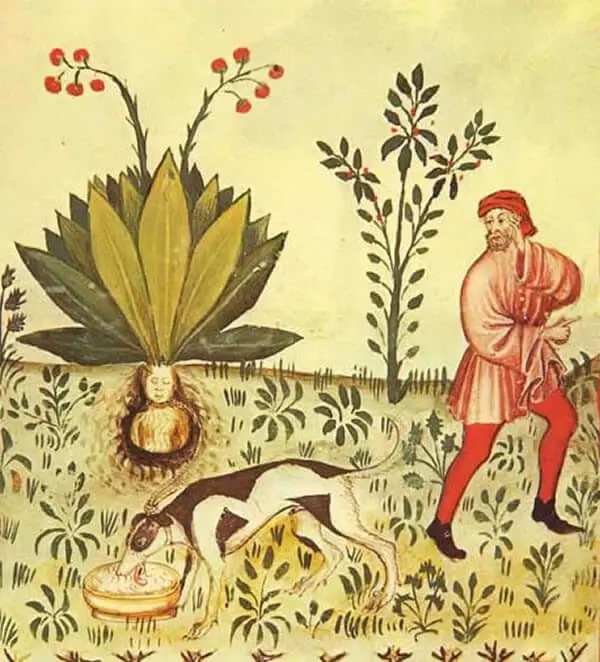
Wikipedia: Medieval illustration of a mandrake root
What did you focus on in your master’s degree, and what was the experience of studying in the UK (at the University of Kent) like?
My master’s degree was in ethnobotany, with my dissertation focusing on ritual plant usage among Staroverci [“People of the old religion”, i.e., pagans] here in Slovenia. I already had an interest in hallucinogenic plants, and surprisingly few were mentioned in religious rituals here during my research. As such, I ended up deciding to focus on this more as part of my doctoral work as I knew people here surely were making use of such plants and mushrooms.
As for the experience in England, it was very wet! The stereotype of it always being rainy in England is unfortunately true. So it wasn't very nice to live there and never see the sun, but the rain does make the vegetation seem very lush, and walking in the woods there it somehow seems more vibrant and alive than here. The vegetation is also a bit different than here, so it was interesting to experience living around and studying those plants.
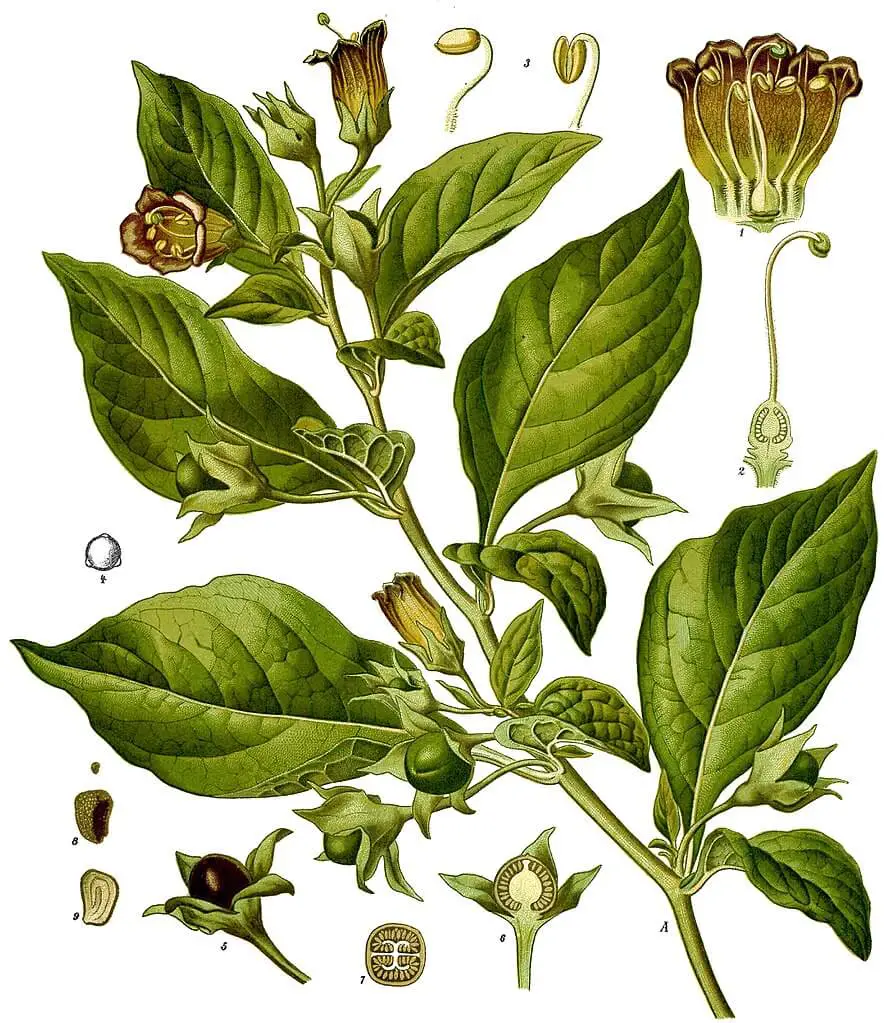
Wikimedia: Atropa belladonna
How would you describe the field of ethnobotany, and how did you get interested in it?
Ethnobotany is difficult to define as it is inherently situated between academic fields. Honestly, there are probably more definitions than there are ethnobotanists! I tend to describe it informally as a crossing between anthropology and botany that focuses on how people use plants, though many people I know and have studied with would accuse me of oversimplifying in saying that. Still, for my purposes, it works.
As for how I got interested in it, I had a book suggested to me when I was an undergraduate student (One River, by the ethnobotanist Wade Davis, a student of Robert Schultes) and after reading it completely fell in love with the field. Before this I had worked and volunteered in greenhouses and taken botany courses as electives, but wasn't sure how to combine my love of plants with my desire to do ethnographic fieldwork, but this showed me the way to do it.
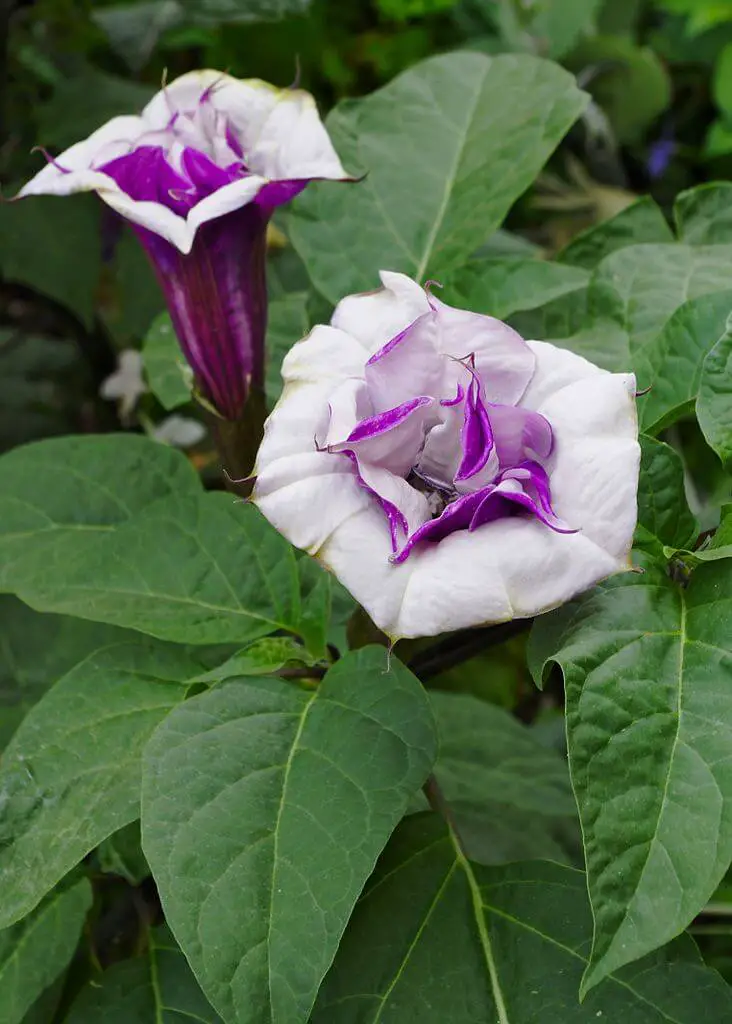
Wikimedia: Datura metel
Your current research is on Solanaceae plants in Slovenia. Can you give a brief introduction to these plants?
Solanaceae is a family of plants that includes potato, tomato, bell pepper, eggplant, and many others that are familiar to most people. That being said, it also includes some very poisonous plants that have hallucinogenic effects, and these are the plants I focus on. In Slovenia, this means Atropa belladonna, Datura and Brugmansia spp., Hyoscyamus niger, Scopolia carniolica, and Mandragora spp.
Again, all of these plants are incredibly poisonous and should not even be touched let alone used. I certainly do not advise using any of them, though some people do and have for millennia. They have been used for many things, but a quick list includes medicine (the only difference between a medicine and a poison is dose!), as recreational drugs (again, usually ending with people in the hospital, so not advisable), and as poisons by assassins. I actually have an article coming out within the next few months that reviews the uses in Europe much more specifically, so that is something to look out for, for those who are interested.
Most use has stopped since the plants are so dangerous, and now they are used much less. My research is actually focusing on just how much and how they are still being used. The effects of these plants are incredibly varied, but usually include confusion, hallucinations, flushing of the skin, irritability, as well as having effects on the smooth muscles of our bodies that can affect our respiratory and cardiovascular systems, potentially leading to death. These plants are incredibly dangerous, since the amount of active substance that they produce varies immensely, so even collecting plant material from the same organism can lead to very different doses; this makes overdosing more of a rule than an exception since there is no way to know how much of the toxic ingredients you are ingesting.
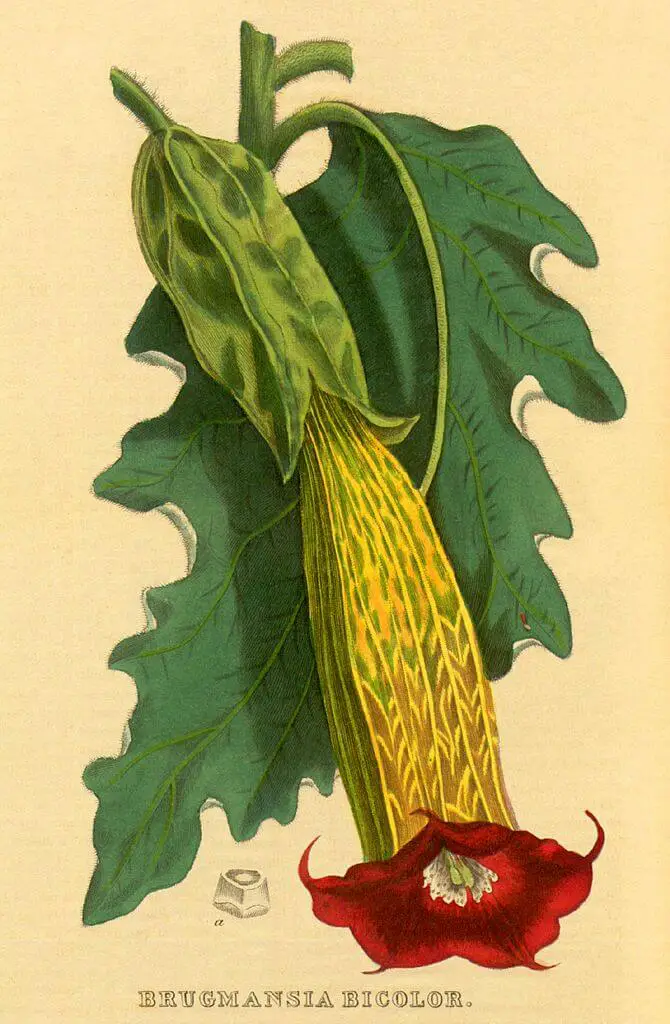
Wikimedia: Brugmansia sp, Paul K from Sydney cc-by-2.0
What are some of the surprising things you’ve learned about these plants?
One of my favourite weird discoveries about these plants is a theory that I published a few months ago in a paper that can be found here, or a summary article published on the popular science blog, IFLscience, that can be found here.
In brief, after a lot of reading for other purposes, I found that the famous Viking Berserkers were probably using one of these plants to create their wild warrior frenzy! A lot of theories have been presented for what may have been the cause of the states of rage they entered in battle, but they all are lacking in some ways. The most popular one involves a hallucinogenic mushroom, Amanita muscaria, but the symptoms that this mushroom cause are not as similar to what records show for the berserkers as those that would be seen from one of these Solanaceae plants.
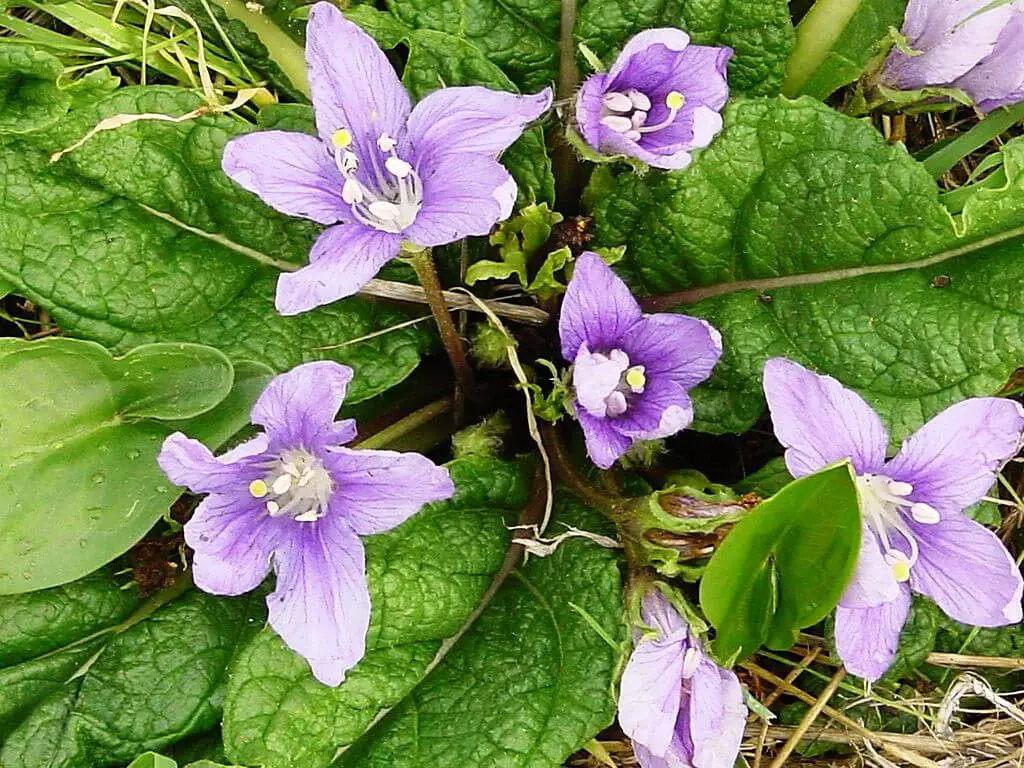
Wikimedia: Mandragora spp., tato grasso CC-by-SA-2.5
In terms of Slovenian ethnobotany, what other plants are of interest?
This is a good question, which unfortunately needs to be answered with "I don't know... yet!"
There has been some ethnobotanical research done in Slovenia, but not very much. My current research is seeking to address this through two main projects: uses of hallucinogenic plants, and uses of medicinal plants. Within both I am also seeking information specifically on the uses of these Solanaceae plants, but also more general information about other plants.
That being said, plants are used for many other things! Wood is used for carving and building, flowers are used in many rituals related to death and burial (for example), and many food crops are used. All of these aspects of ethnobotany would be interesting areas of study in Slovenia! Unfortunately, I can only do so many things at once!
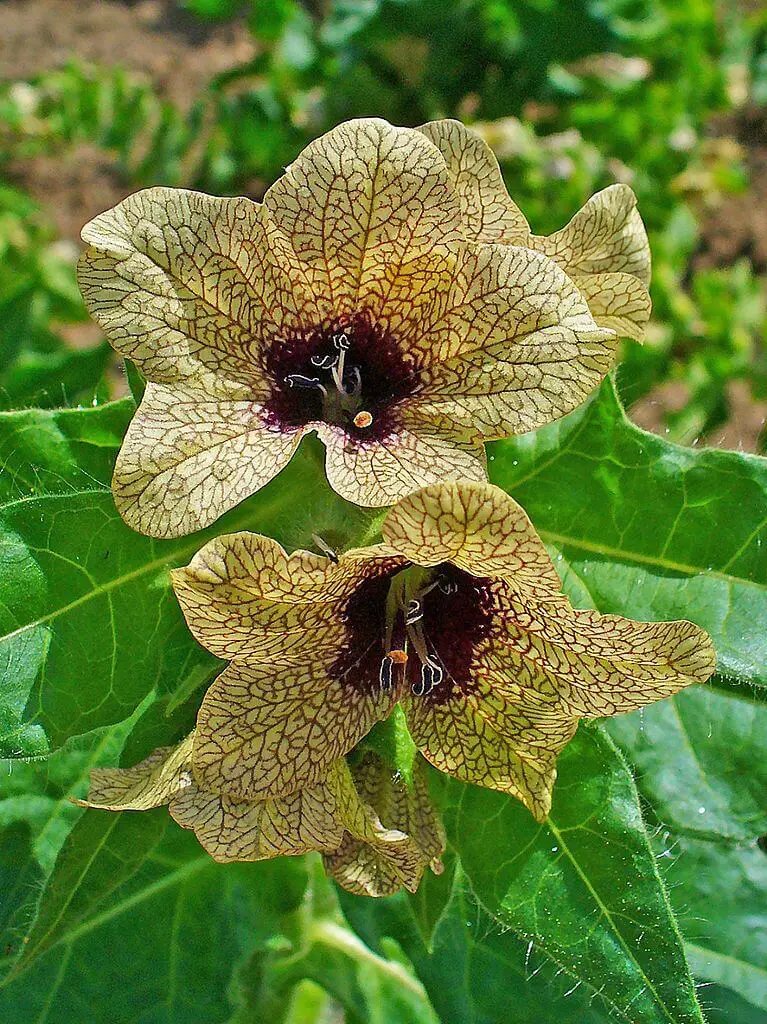
Wikimedia: Hyoscyamus niger, h. zell gnu free license
What are the most exciting developments in the wider world of ethnobotany?
This depends on what most interests someone. For some people, discovery of a new weaving technique for baskets made from reeds may be the most exciting thing. In general, though, a lot of ethnobotany is linked to drug discovery.
Many medicines that we use today are actually from (or at least were first discovered in) plants. So many of the great discoveries of ethnobotany involve seeing medicinal plants being used and then isolating the active ingredients to see what substances may be responsible for their medicinal effects. This is where the line between ethnobotany and pharmacy begins to blur. So even though we cannot directly study ethnobotany in Slovenia, there is a great biological pharmacy department that teaches the pharmaceutical side of things. As a doctoral student though, things get more flexible. I am technically a student at the biotechnical faculty studying biology, but my mentor is a professor at the faculty of pharmacy in this department. People can also specialize in ethnobotany by studying anthropology (that's exactly what my bachelor’s degree was in), but a background in botany is also very important in this case.
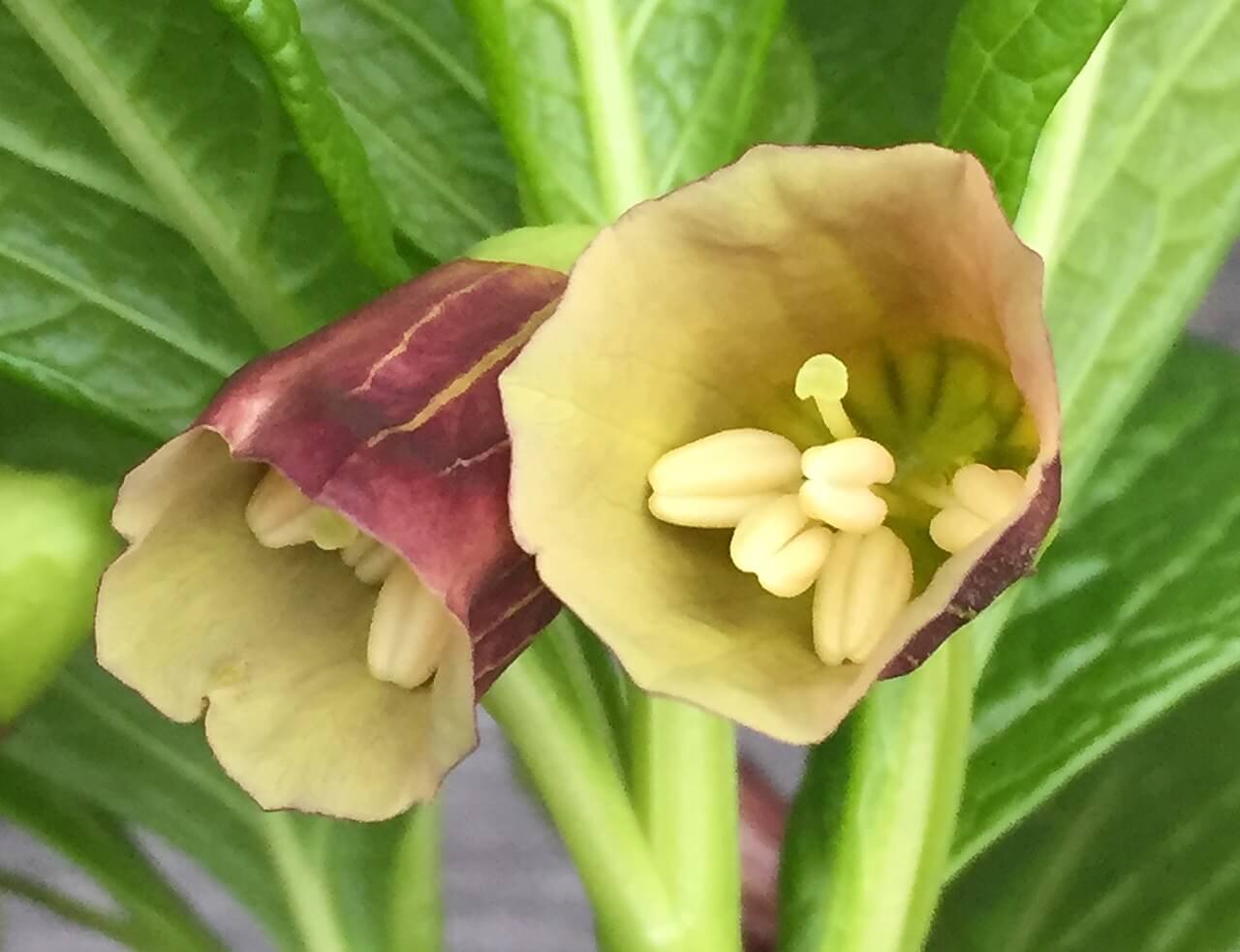
Wikimedia: Scopolia carniolica, flobbadob, CC-by-0
Where can people follow your work?
The best way to do that is probably my Research Gate profile, where I put up articles that I have published. There are only a couple there now, but I have quite a few going through the publication process now, so hopefully soon there will be lots of interest there.
Related - Herbal Medicine in Slovenia: A Flower For Each Disease
If you follow Slovenian politics and don’t read Slovene then should be following Pengovsky, the writer behind the blog Sleeping with Pengovsky. If you know his work you’re probably curious to know more about the man, and if you don’t know his work or style then following answers will give a good idea of what you can expect when you click on through to his site and start learning the backstories to the characters who populate the scene.
What’s the story – if there is one – behind “Sleeping with Pengovsky”?
There’s always a story, isn’t there? I started pengovsky.com in 2006, right after the Ljubljana municipal elections which I covered for radio KAOS. As I was doing all the footwork and production by myself and seeing as there were as many as sixteen candidates for mayor, I managed to squeeze in about three hours of sleep per night.
By the end of the campaign I got used to the lack of sleep and running just on adrenaline. And then, when it was all over, I suddenly had loads of time and virtually nothing to do outside my regular work.
I figured I might as well start a blog. I knew a lot of people would be grateful if I did as that would mean I would finally stop spamming *their* blogs with increasingly long comments. None more than the legendary Michael Manske of Radio Slovenia International, whose Glory of Carniola was a blog a large number of us read religiously.
Imagine how thrilled I was when Michael first commented on *my*blog.
Speaking of Michael, he was also the one who unofficially sanctioned my nickname, saying that “it is really cool”. I came up with the “pengovsky” when I first commented on his blog, and the moniker is arguably still the only piece of decent copywriting I ever did. To date, sometimes people still think it is my actual surname.
And when the WordPress install wizard asked me about the name of the blog, Sleeping with Pengovsky came naturally. Not only was I single and in my late 20s, I also always thought “Sleeping with the Enemy” was an immensely cool film title. Not that I ever saw the film, but still.
It should be noted (and both people who have followed my blog for more than just a couple of years will remember) that originally the blog featured naked women and men as well and that at first the tagline was “sex and politics”. But as one grows older and even lands a column in serious newspaper, and as PornHub became a thing, posting tits and dicks every Monday and Friday became redundant. Not to mention there is more than enough fuckery in politics (if you'll excuse the graphic language)
Why in English? It wasn’t, at first. I really wanted to write in a more informal, emotionally charged Slovene. But couldn’t. The first couple of posts are just clumsy attempts in Slovenian to transfer my outrage into a blogpost. When I switched to English, however, things started flowing smoothly. Then, quite soon after that, I found out I had some sort of an international audience as well.
It never occurred to me back then, but at the time, the only other English-language sources on current affairs in Slovenia were either government-issued or at the very least state-owned. Turned out I inadvertently hit a bit of a niche, at least at first, before the political parties themselves started spewing out their propaganda in English as well
In your view, what are the main problems with Slovenian politics?
Had you asked me that five years ago, the answer would be that no-one is willing to ride off into the sunset, so to speak. In a way, that still is a problem, but from a different perspective. Back then, the country was at the crossroads, courtesy of a continuous economic crisis and social crisis. What it needed was for someone (or a team of people, say a government), to forget about their own political future and do what needed to be done. Starting with pension reform and then working their way down the list.
Instead, they opted for what I call the Classic Slovenian Approach: overpromise and underdeliver. (As a side note: given how the Brexit omnishambles are going, maybe Muddy Hollows was just ahead of the curve?)
As a result, the last pension reform, which didn’t go far enough as it was, is almost a decade old, the last change in the rules of the political arena ditto (it was no small thing when Franci Kek managed to secure a majority in parliament to pass legislation preventing mayors from serving as MPs at the same time), and we've only just (and grudgingly, at that) delivered on the promises given to the European Commission in 2013 regarding sale of state-owned companies receiving state aid (the deal Alenka Bratušek struck to stave off Troïka descending upon Slovenia).
In 2019, however, the real problem is learning on the job. If Alenka Bratušek can be forgiven for her inexperience in 2013 due to the circumstances of her ascent to power (and she had the good sense to at least surround herself with a good team), subsequent administrations came to power under much more regular conditions and cannot really be excused for much of their incompetence. Chief among those is the passing of legislation, under the Cerar admin at the height of the migration crisis, which allows for the army to police civilians. A rookie mistake, that will come back to haunt us when we least expect it.
That, however, is followed closely by the dismissive attitude Marjan Šarec seems to breed towards European institutions. In the long term, this is potentially just as harmful as it is enlarging the army’s jurisdiction. While Bratušek was in no position to negotiate and Cerar was clumsy, realising only later in his term that it is good to have friends in the EU, Šarec is actively doing as little as possible with the regard to the union.
The PM gives the impression that the EU is nothing more than a source of cohesion funds, and he seems to view the practicalities of the EU primarily through that lens. I guess you can take a man out of Kamnik but you can’t take Kamnik out of the man.
Do you see much hope for positive developments in Slovenian politics and society? If so, in what areas and why?
Bizarrely, yes. One one hand, there is a definite generational replacement going on. That can only be good, even if inexperience is part of the package. Secondly (and this is connected to the first instance), the old divisions between Partisans and the Home Guard (partizani in domobranci) seem to have lost steam. Again, this can only be good.
And even though hate speech and far-right rhetoric are on the rise and that the new cultural war is simply replacing the old one (or so it seems), slowly but surely, the world is coming to Slovenia, even if most Slovenians are still loath to venture outside of their immediate geographic neighbourhood and (crucially) cannot be bothered with global (or even regional) events.
Thus, the society is changing. Sooner or later, specific ecosystems (politics, media, etc) will follow suit.
You're now based in Luxembourg, another small country. Do you think it has any lessons for Slovenia?
Oh, yes! Firstly, Slovenians complain about all the wrong problems. Granted, things are far from ideal back home, but trust me: traffic jams, bike infrastructure and customer service are *not* among our worst problems. Neither is the speed and accessibility of public administration, schooling or health (and I readily admit the last two do need an overhaul).
On the other hand, Luxembourg always knew their strategic goals and worked tirelessly to attain them. Be it switch from coal and steel towards the financial industry in the 70s to the establishment of space industry in the 80s, and the way they’re coming back full circle with space-mining, they were always able to look decades ahead and to try and influence the way that particular game is played.
And finally, the one lesson Luxembourg can teach Slovenia is: engage, engage, engage. Luxembourgers and their leadership, regardless of shape or form, understands that keeping a *constant* dialog with *all* your neighbours (and beyond) on *all* levels, is paramount to political stability, economic development and social justice and cohesion.
It is not just the EU enables Luxembourg to play an outsize role on the continent. There is the Benelux parliament, the Grand Region (Luxembourg and the surrounding provinces in neighbouring countries), and other instances of cross border cooperation which ultimately result in people actually caring about what Luxembourg has to say on any given matter. Just ask Boris Johnson.
That said, the traffic situation there is pure, unadulterated shit.
If you wanted to show people “the best of Pengovsky”, what posts would you share?
Huh, that’s a tough one. Maybe this can count as a break-out post as it actually prompted Gregor Golobič to leave a comment which turned into a short conversation of its own. Then there’s one of the early ones, which I link back to often, as a demonstration of how perilously close Muddy Hollows came on several occasions to becoming a third-world autocracy. But this one, done in the middle of the 2013 crisis is vintage Pengovsky, too.
For readers who know Slovenian, can you recommend some media that give an interesting perspective on the country?
At the risk of tooting my own horn, I would first recommend the LD;GD podcast on Metina Lista, hosted by Nataša Briški, Antiša Korljan, Andraž Zorko and me. Not just because we have fun doing it while trying to stay on substance, but also because the other three give valuable insight into the daily dynamics of the political landscape.
Secondly, if you can, take the time for the national radio, especially Radio Prvi (RASLO 1) and science/technology programmes on Val 202 (RASLO2). In general, I've come to the conclusion that radio (especially Radio Slovenia) is one of the last refuges against the hysterics of the media landscape.
And thirdly, if you see a gap in reporting on Slovenia, go fill it. Ever since Glory of Carniola went dark, Slovenia hasn’t had a proper expat blog. At least none that I know of. As a nation, we could do with an occasional reality check. Both good and bad.
Are there any Slovenian cultural products that you think deserve more attention?
I wish Ali Žerdin's book Generali brez kape had an English translation. It describes the events around the JBTZ affair in 1988 but it also features all the household names that came to shape Slovenia as we know it today. Once you read this book (and I keep re-reading it) you come to realise that a lot of things that may seem incomprehensible about Slovenia were (are?), in fact, inevitable.
I also wish Slon in Sadež did their shtick in English. The duo and their albums are one of the reasons I think not all is lost and that our future is bright.
Lastly, if you can, go pay a visit to Vrabec restaurant, in Vače (next to GEOSS). You'll know why when you taste it.
Finally, do you plan on coming back to Slovenia and being part of the scene here, and if so in what capacity?
“Planning” is a bit too strong a word at this stage. But Luxembourg was never meant to be a one-way trip. That said, the initial plan called for a three-year decampment, but then kids started going to school, had made friends and generally felt good about the place, and it seemed cruel to uproot them again, just after they’ve settled in. So that plan went out the window.
In the words of Master Yoda, difficult to see, the future is.
You can keep up with Pengovsky on his blog or Twitter.
We got in touch with the woman behind the travel blog, and she was kind enough to answer some questions…
Where are from, originally, and why did you come to Slovenia?
I am originally from Pennsylvania, USA but I was traveling and living in various places and countries until I met my husband at a friend's wedding in Slovenia in 2016. I was living in England at the time.
What are some of the challenges you faced when you arrived here?
The language is definitely a challenge, so focusing on learning it as quickly as possible is the best advice I can give anyone moving here. I attended two courses and received private lessons, which definitely helped with the process.
Also, as a traveler, the connections for flights and trains in Ljubljana quickly changed my travel style. I now opt for more local sights or locations I can reach by car.
When did you start your blog, and why?
I started a travel blog back in 2015 but had a different name and content, it has since transformed into the Wandering Helene blog that exists today. When I first left Pennsylvania, my friends and family wanted to see what I was getting up to so I was posting lots of photos with short captions privately on Facebook, eventually I thought why not make this into a blog? I've always loved blogs and wanted one of my own so it was a natural fit.
How do get ideas for content?
I write about experiences I have had personally. I don't usually go into a trip thinking I want to write about this specific topic. I keep an open mind, observe and take notes, and when I return home I reflect on my experience and that is what I write about.
What is the goal of your blog?
I want to inspire people to travel and not just to tick off a list, but to really learn about a new place, try the foods, speak to people, and fully experience it, not just use it as a backdrop for photos. I also want people to reconsider local travel as an option, there is so much to see in our own backyards. Especially in Slovenia!
What’s your day job, and how does it affect your blog?
I work in freelance so my job changes day to day, from writing to consulting to video editing. It is a really great fit with as I am always learning new things that can be applied to my blog. The only downside is that it does take time away from it.
What are some posts that your particularly proud of?
A Snow Day in Pokljuka, Slovenia is one of my favorite posts. It also happened to be award-nominated this year for the photography. This was a very unexpected last minute trip that ended up being one of the most beautiful days I've ever spent in Slovenia.
Participating in Food Rituals in Bologna, Italy is also another favorite of mine, but this might be because the trip was focused all around food. It was a really wonderful trip and I'm really happy with how the article turned out.
What are some locations you recommend in Slovenia, outside of Ljubljana and Bled?
If a friend asked me about visiting Slovenia and wanted something most travelers seem to skip I would suggest spending a day eating and wine tasting in Goriška Brda, hiking to the Triglav Lakes, and Velika Planina, although it is more and more popular – it is just so beautiful!
Where do you live, and what do you recommend there?
I live in Ljubljana and there are a lot of things I recommend. I even wrote a Wandering Ljubljana Guide that’s perfect for the first-time visitors.
Would you advise a friend to move to Slovenia?
If they really wanted to, sure. There are many pluses living here such as healthcare, safety, abundance of fresh food and clean water. Bu, moving to a new country is not as easy as many think, and it definitely won't solve your problems, so the decision should not be made lightly.
Do you think you’ll live here the rest of your life?
Who knows! I am not usually one to stay in one place for very long but so far I have no intentions of leaving.
Can you recommend another blog on the Slovenian scene, or some groups people might be interested in?
Let's Go Slovenia is a great resource and Marijana runs a Slovenia Travel Forum Facebook group that is great for discovering new places to visit. And Adele in Slovenia is great for reading about hikes around Slovenia.
I also run a small group called Ljubljana Ladies Create for women interested in content creation (blogging, Instagram, YouTube, photography, etc) and we meet at least once a month to chat about our current projects. Another group that has been amazing for meeting new people has been Girl Gone International. I've been a part of this group for years in different countries and we have an amazing chapter in Ljubljana with regular events.
You can keep up with Helene on her blog or on Facebook, and if you’d like to share your story with our readers please get in touch at This email address is being protected from spambots. You need JavaScript enabled to view it.
I was given a bag of coffee the other week by a friend, and was surprised not only by its quality, but by the fact that it was roasted, ground and packed by an Italian man living in Logatec. Always curious to learn more about other foreigners and their lives and businesses here, I sent Rodolfo Di Giamberardino, of Rudy’s Quality Coffee, some questions, which he was kind of enough to answer…
Where do you come from, and why did you move to Slovenia?
I come from Luco dei Marsi, a small town in the region of Abruzzo, about 90 km from Rome.
After I finished high school I moved to Rome to study Economics. I stayed in Rome for eight years and then found job in Parma. After that I was offered a job in Milan in a financial company.
While I was there I met my wife, who is Slovenian. We become a couple and had long distance relationship for two years. One weekend I came to Slovenia and other she went to Milan, but because that kind of relationship is very stressful and it takes a lot of energy we decided to make a step forward.
As I was already a “nomad”, used to living in different cities while she had lived in her hometown all her life. I asked my company to transfer me closer to the Slovenian border, aiming for Trieste, but they gave me opportunity to work in Castefranco Veneto, in the region of Veneto, which I took.
Our relationship became easier, but the distance was still too long. We lived like this for over two years, but then we ran out of energy and so I quit my job and moved to Logatec. That was four years ago now.
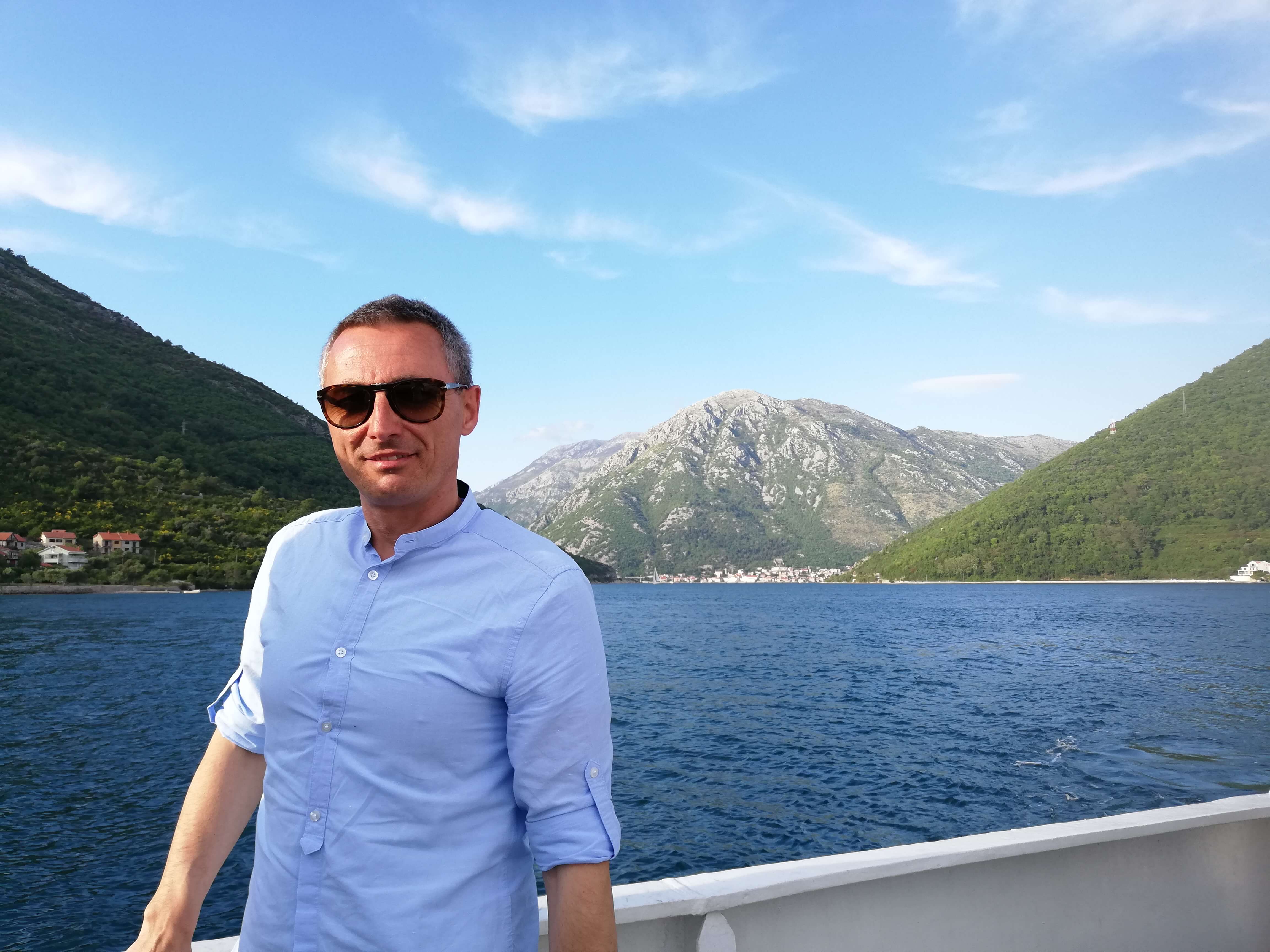
What’s your business, and how long have you been running it?
After a period of living here and deciding what to do, and knowing that I could not do the same work as in Italy, I came across a man who was importing a brand of Italian coffee in Slovenia. That gave the idea, and I started research everything about coffee.
I went to a coffee academy in Florence where I took courses in a traditional Italian roasting company, in order to learn the steps of coffee roasting and blending following the different roasting profiles, brewing, with different coffee types, different temperatures and different methods, the cupping technique used for professional of coffee tasting, especially in the world of specialty coffees, and with all that the world of coffee opened up for me.
On the way back to Slovenia I decided that I wanted to be in this business, so I bought my first roasting machine. I started to roast green coffee, and almost two years ago I opened my own micro roastery and online shop, called Rudy´s Quality Coffee.
I buy green coffee, just high quality specialty coffee and blends, then I roast it, pack it and finally sell it. Every Saturday you can also find me in local market in Logatec, as for me is very important to have contact with people so I can explain the different types and profiles of coffee. It gives me a great satisfaction when a person who their whole life has drunk industrial coffee changes to Rudy’s Quality Coffee.
What was your experience of starting a business here?
My experience of opening the business here is positive, for sure I had some problems, but I think that in Italy would be more difficult. Now my plans are to grow sales and have opportunity to let people wake up with my coffee.
What were your first impressions of Slovenia, and how do they compare with what you think now?
I first came here 10 years ago in winter time, when there was really a lot of snow. In fact it was snowing two days in a row so my wife gave me shovel and I had to clean the snow all around the house. Quite an experience. I had backache the whole week. So my first impression was not really nice, luckily the winter ended and the second impression was much nicer – I noticed how clean the country was.
I think Slovenia changed in the last 10 years and is becoming better known, so now I think there are already too many tourists. I hope it doesn’t lose its charm.
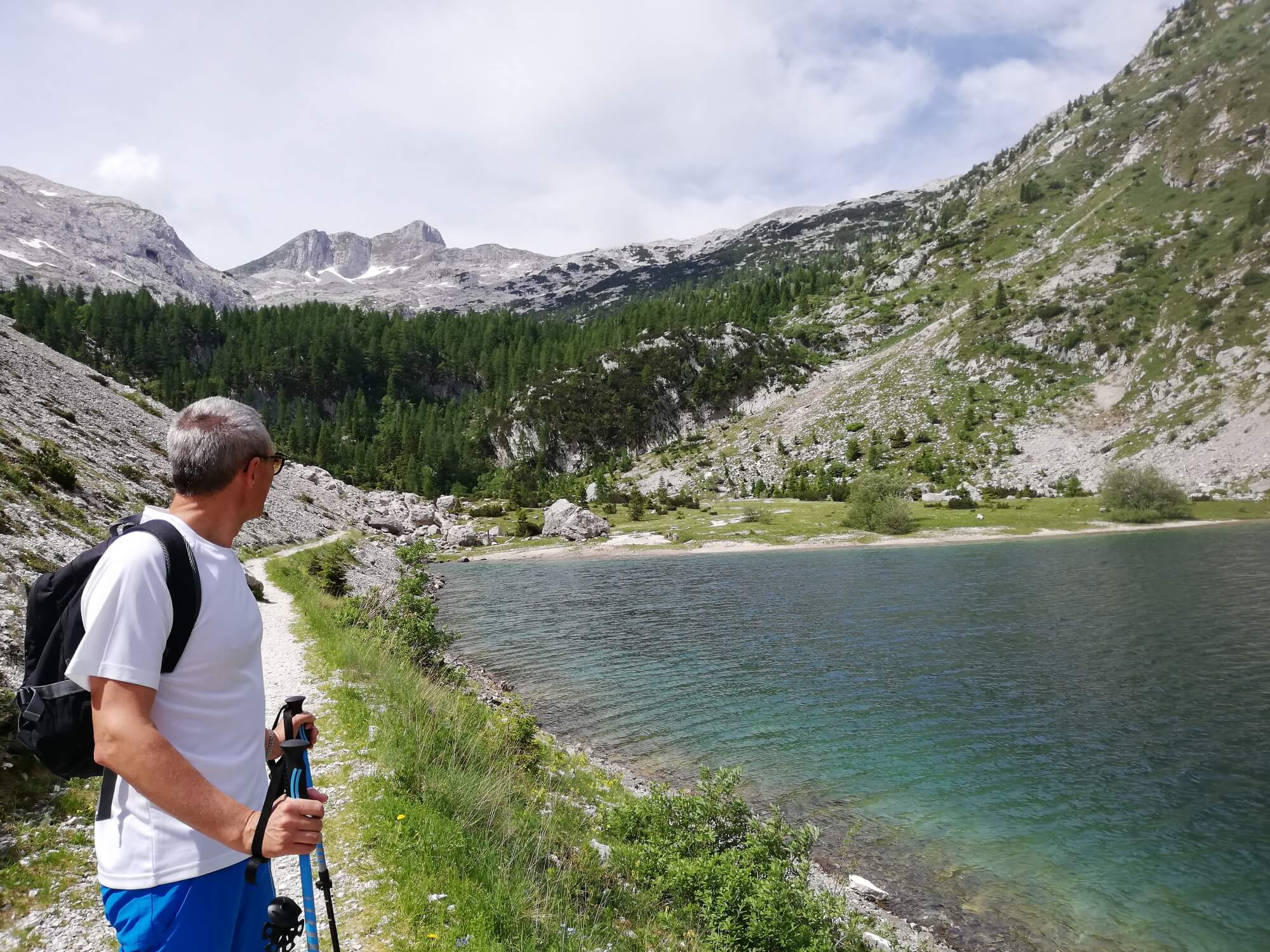
What has been your experience of culture shock in Slovenia?
Not so much culture shock. I would say the main difference is how the people take coffee. Here was the first time I drank Turkish coffee, which for me was a completely new thing. Also in bars in Italy we are used to drinking coffee quickly, and here people in bars take their time, they sit for a half an hour or more… Another thing that I noticed was that in pizzerias the waiter brings ketchup and sometimes also mayonnaise with the pizza, which for an Italian is incredible. And after pizza/ lunch/dinner they order also cappuccino.
Have you learned learn Slovenian?
I took classes in the Slovenian language but it’s really very difficult, and also I am not very talented at languages. The problem is that my wife speaks good Italian, so we continued to speak in Italian, and that was a big mistake. I still try to speak Slovenian with Slovenes, although I know I make a lot of mistakes, but I speak anyway.
Where are some of your favourite places to visit here?
Slovenia has a lot of beautiful places, but I really like Bohinj, Kranjska Gora, Posočje, Goriška brda, Kras, and the river of Nadiža. These are places that really impress you.
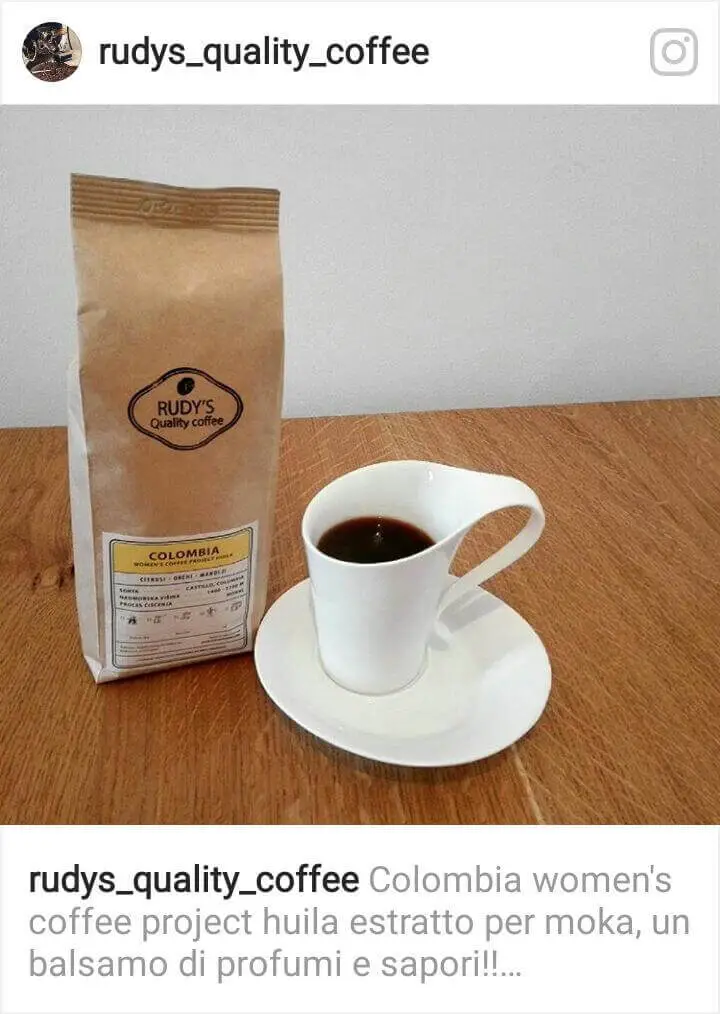
How do you feel about Slovenian food and drink?
Slovenian wines are very, very good, my favourite is Rebula. The beer is also excellent. As I come from Italy, where everything is all about food, I can also say that that Slovenian food is not bad, except kislo zelje and štruklji, but I like all sorts of soups, krvavice, žlikrofi, golaž.
What things frustrate you about life in Slovenia?
The people are not very welcoming. The relations are more impersonal and people are very serious. They don’t smile and are sometimes unfriendly.
What things delight you?
Nature, beautiful scenery, the tranquillity, and also the position of Slovenia is perfect for travelling around Europe.
Do you think you’ll stay in Slovenia for the rest of your life?
Well, I want to die in Italy. But as my wife is very static and doesn’t want to move from Slovenia, for now I see myself here.
Would you advise a friend to move to Slovenia?
Absolutely.
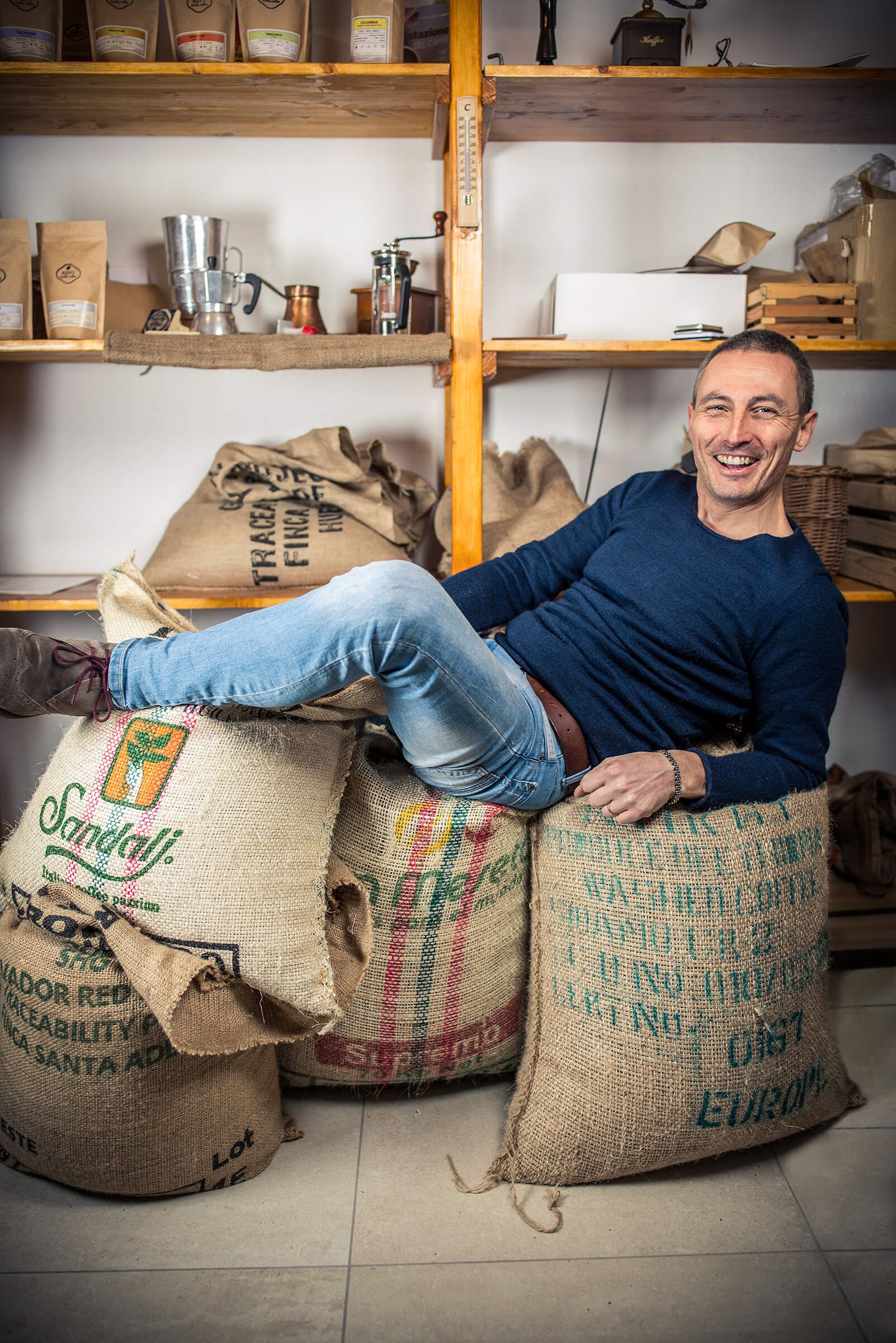
You can learn more about Rudy’s coffee and order online. His coffee is also available every Saturday at the market in Logatec.
We sent some questions to the writer Rick Harsch, and these were his answers, prefaced with the following.
I have a thing about written interviews—I like to rush through them because they are generally written only because of a lack of opportunity for a live, or at least spontaneous interview. So I’m going to rush through this. As you read, imagine me speaking on a balcony, relaxed, maybe even with a drink.
Where did you live before Slovenia, and what brought you here?
I always wanted to escape the US, largely because I was raised in the dullest of suburban environs, and as time wore on for political and cultural reasons as well. Ronald Reagan was to me what Donald Trump is to the university student of today.
What were your first impressions of Slovenia, and how do they compare with what you think now?
I studied some Balkan history, and though a lot of Slovenes don’t like being considered Balkan, this is a sort of border Balkan zone, it IS Balkan here, and the best of what that means has still been true. When my wife and I looked to move, she being from India we considered Chennai, but work was a likely issue, so we decided Europe and warm, which meant the Mediterranean, and I liked the notion of living in a Slavic country, and Slovenia (this was 2001) was relatively young, and so on. So I found what I was looking for: my impressions were of a mixed culture on the Mediterranean, with Balkan aspects, a nice mix, and Istria, much of what I was looking for, but even more, more locus with meaning.
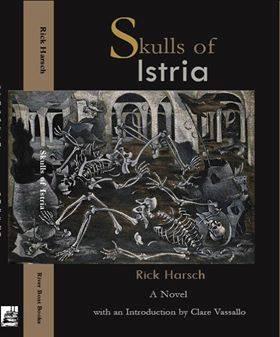
How did you start looking for work here, and what was that experience like?
I planned to live here and write, which at the same did not seem insane as I had three novels out and all three had been picked up by the French. But I got a teaching job to be safe, and another, to be safer, and got fired the first day from the first, so I have since then been more or less half-safe.
What has been your experience of culture shock in Slovenia?
Slovenes are hard to shock. I’m hard to shock.
What are some things from Slovenia that you think your home country could benefit from?
I think my home country is doomed.
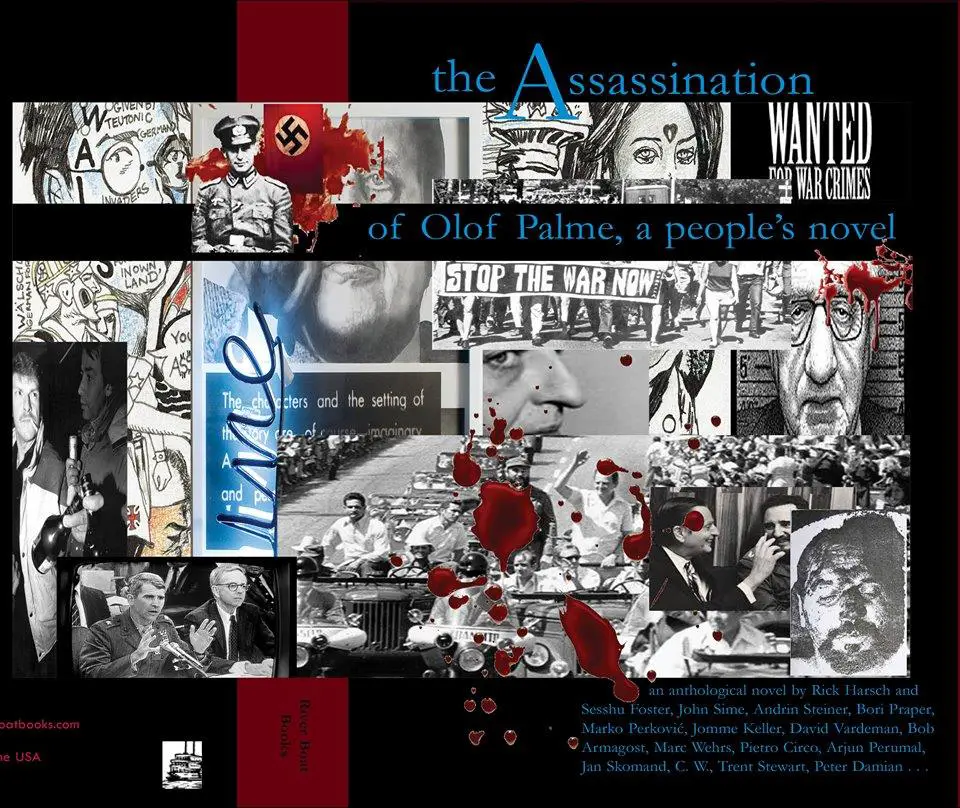
And what are some things from your home country that you think Slovenia could benefit from?
Slovenia could use some of the dynamism that subcultures in the US have. As Slovenia is so small, it would not be terribly surprising if some good cultural/artistic movement gained enough momentum to make real culture and then economic changes in this country.
Have you learned learn Slovene, and if so, how did you learn it?
From the first day.
I learned from daily life. Slovenes are too generous perhaps regarding their language. My own true problem with the language is that because we have no economic freedom, I am enwrapped in my own language, through which I do all my work and all my writing and the reading that feeds my writing. I love languages but am not at this point free to indulge in them, even though I live in Slovenia and spend a lot of time in Italy.
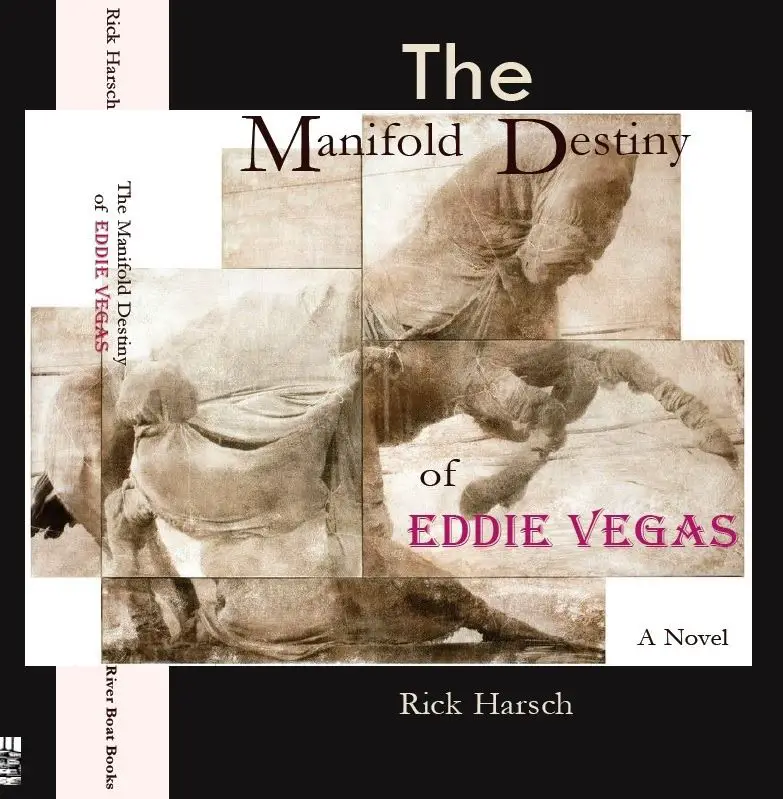
Do you follow Slovenian politics and culture, and what things frustrate you about life here?
To varying degrees. What frustrates me is it’s lackluster, uninspired political life; it’s adherence to the idiocies of the EU and NATO. The way it sold its best businesses and got nothing but less freedom for it.
How do you feel about Slovenian food and drink?
Complaints about Slovene food are unfair because the places with the best cuisine are large cities with diverse offerings. Naturally a smaller space has developed a more limited cuisine. That said: sarma and calamari.
I love the drink. Refošk made my alcoholism a real problem. The rest, the various rakijas, are amazing. I get the feeling that there is a Slovene gene that looks at every specific aspect of the natural world and wonders what kind of žganje it would make.
What things delight you?
The people, the history, the nature. The liquor the liquor the liquor…
Do you feel more like an American in exile or an immigrant?
I am a New Istrian.
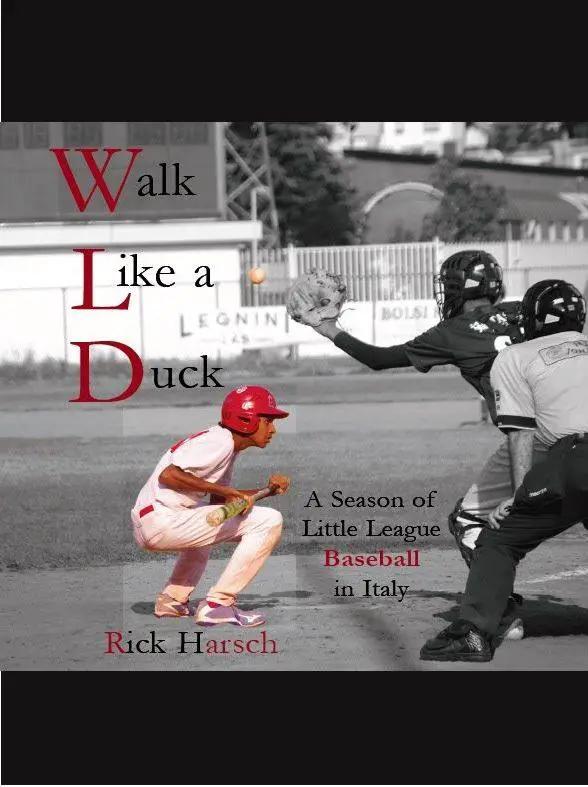
Do you think you’ll stay in Slovenia for the rest of your life, and would you advise a friend to move here?
Yes, and absolutely.
How would characterize Izola as compared to the rest of Slovenia?
My guess is that though it seems obvious that Izola has been formed into a specific, a unique place, by a particular history and a very particular meeting of peoples, I would find most places in the rest of Slovenia similar if I lived there. Deeper down, I think Europeans are far more alike than they appear on the surface.
Would you ever choose to live in Ljubljana, or elsewhere in Slovenia?
No. I need the warmth and water.
I think you work in Trieste, why don’t you live there?
I was fired from my job in Trieste. I love the city, but migration is a difficult business and I am not ready to do it again. That’s twice I have mentioned being fired, so let me say something about that: I was fired three times from one school at the same time, from three different jobs. This was the University of Primorska, where I worked for Lucija Čok’s language center, the English Department, and as an editor for the Science and Research Center. All three fired me without notice, without any notice, during the summer/fall of one of those years around 2007 or so. I know a great deal of the dirt behind it all, but suffice it to say that giant egos are generally where you think they will be and invitations to be free are the whispers of doom in the ears of teachers.
What are some local businesses that you recommend?
I recommend pri Kralju tavern, as it is more like a tavern probably was a few hundred years ago than any other place on the coast. Though Koper’s Rampin is another terrific, and unique place. Otherwise, I lament the days of the čevlar. I recommend a leather shop on Koprska Ulica, but I don’t know what it’s called. I recommend every small business because they all need your help.
Are there any books about Slovenia you’d recommend?
Zupan’s Minuet for Guitar is one of the great war novels of literary history. Jože Pirjevec is a great historian and his biography of Tito is finally available in English. Anyone who reads English might appreciate my simple book about the streets of the old island part of Izola, called Wandering Stone. I’ve heard the Slovene translation is good, as well. Currently the book is sold out and no one knows if it will be printed again. The Občina would do well to buy the rights and keep it on shelves as there is little in English about Izola.
Which of your works are about Slovenia, and why might our readers find them interesting?
My novel Skulls of Istria is a confession style novel, told in a tavern in Piran. Kramberger z opico (only available in Slovene) is a comedy of assassination with some fun Slovene matters included—in fact just a couple days ago the editor of a small publication on the internet compared the chapter on Erazem to the famous chapter known as “Oxen of the Sun” by James Joyce in Ulysses.
What’s your most recent publication?
I have two books coming out in the fall this year: a novel that takes place in the US called The Manifold Destiny of Eddie Vegas, a vast work described well enough here.
That catalogue also has another book I think most people around here would enjoy, which is called Walk Like a Duck, a Season of Little League Baseball in Italy, which I wrote in diary form last year, as my son plays baseball in Italy. There’s a great deal of fun stuff in their about Italian antics, historical mostly, which are funny now but weren’t, I suppose then. It’s also funny to watch adults trying to destroy the laughter and joy of the young, at least when it fails, as it mostly does in sporting events.
What are you working on now?
I’m writing another book that River Boat Books is supporting, but this is an odd one. It’s called The Assassination of Olof Palme, a People’s Novel, which it is, as it is an anthological novel, that I intend to include at least 50 guest writers, whose work will be incorporated into the novel, which should stretch 1,000 or so pages. About 50 pages in, I think at least 15 people have contributed, some unknowingly. I don’t think anything quite like this has done before—though writers have tried composing a novel of chapters by different writers, all very orderly. This is quite a different matter. The book is for the most part about US hijinks in post WWII Europe, so a lot of ground is covered and a lot of ideas are welcome. Even Italian readers might like it, after all the mockery they suffer in the baseball book, in this one they get a rather accurate telling of the US role in the anni di piombo.
Where did you live before Slovenia, and what brought you here?
Before Slovenia, my husband and I were living in London. Despite both of us working in the city, we always had a hand in property development. In 2004, when many countries joined the EU, we started looking at our options to invest aboard. We stumbled across Slovenia on a map and were mesmerized by its locations. We knew straight away this would be a great place to have a vacation home as its proximity to all the other countries and small size made getting away relatively easy. This was going to be our base camp for many adventures. Little did we know at the time that we would call this place home for the next 12 years.
A television interview with Jade van Baaren
How did you start looking for work here, and what was that experience like?
I think I came here with an idea of what I would do, but this quickly changed. I think that you have to be willing to be flexible and find what the country lacks and what you can offer. I have noticed with a few people that I know that they also came here with big ideas of what would work, but soon found out that they had to do a bit if soul searching and work hard to make a go of it here.
What’s your business, and how long have you been running it?
I am a renovation project manager and also run JVB Designworks. A company that consists of architects and design consultants. We run projects from start to finish for our clients, offering full renovations and design with a turnkey finish.
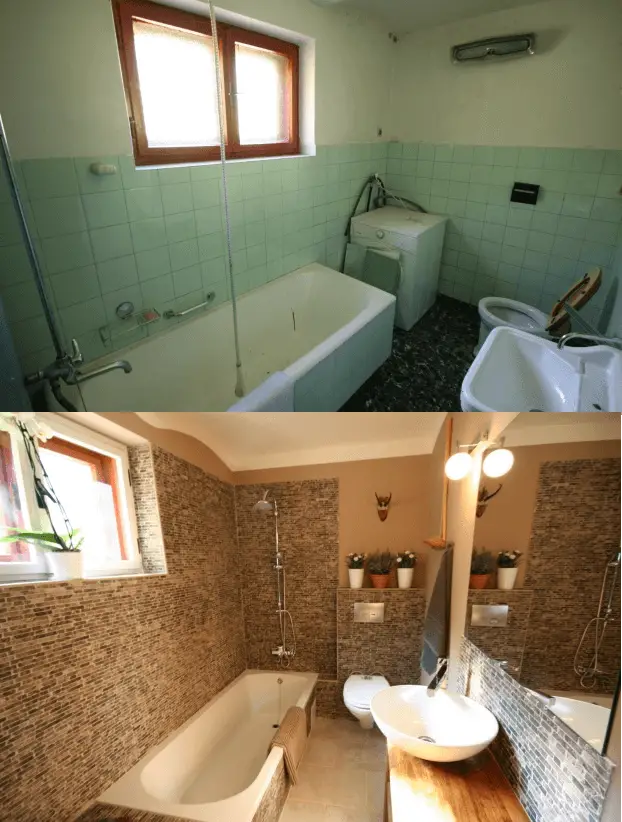
What was your experience of starting a business here?
Like any new business it was a lot of hard work with a strong learning curve. I had to get the right people in the right place for it all to run smoothly. Now, after many years, we are reaching this point. However, in the construction and design business you will always encounter challenges, but that’s what I love about the job.
What kind of problems can you help people solve?
After many years in the business I have a lot of knowledge, not just of construction and design issues, but also in finding out who the client is and what they are really looking to get out of the project. Most of my projects are for the rental market, so I also have to know what the market is wanting, expecting and needs. Many of our projects are in idyllic but remote spots in Slovenia. These can be the most breathtaking places to relax and enjoy nature in all its grandeur, but can also be the most challenging spots for construction, electrical works, plumbing and water.
So most of my projects come with challenges, but for me it’s like an unsolved puzzle. There is always a solution, the trick is to approach problems from many different angles.
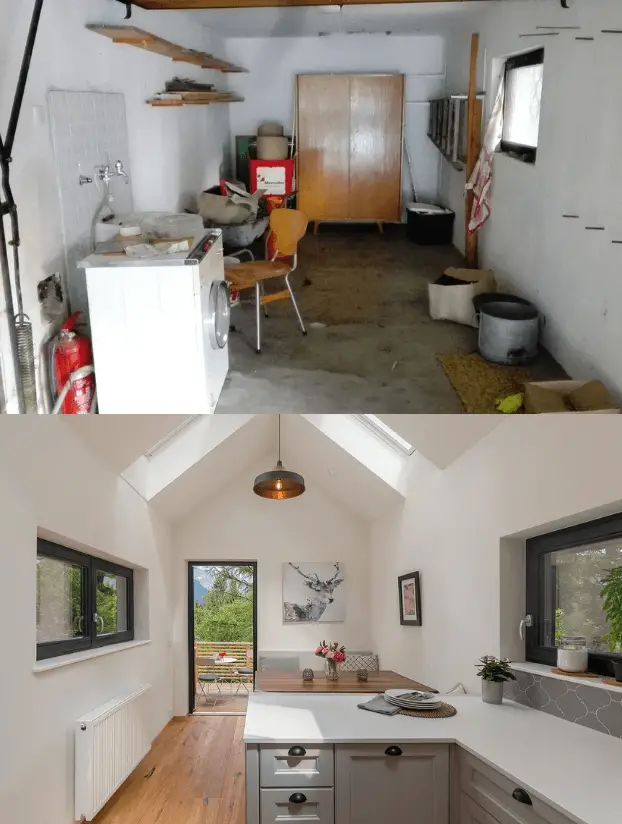
How are you qualified to solve these problems?
It takes a big team to solve all these problems, and I can say that I have throughout the years found the best people in their fields to help us solve various issues. I’ve been working in Slovenia on renovations for 12 years now, starting with our own place when we first moved here. I have architects, engineers and construction specialist, all part of the JVB Designworks team who play a role in the problem-solving process. However, I think my own many years working and living in so many different countries have given me the ability to see things from many different angles, and I would say that problem solving is one of my biggest strengths.
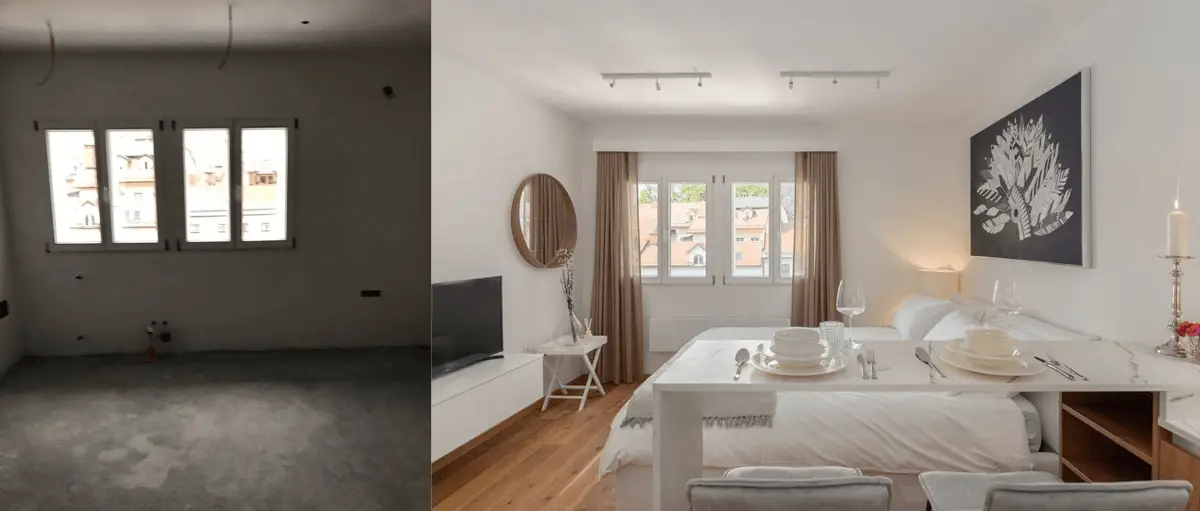
How has the business changed over the years, and what are your plans for the future?
Well it’s grown, that would be the biggest change so far. More clients investing in Slovenia are now interested in restoring older properties, which is my specialty.
With regard to the future, I have lots of ideas in the pipeline that are not ready to be shown yet, but I’m always just looking to run things more efficiently, keeping up with the latest eco-technology so these places can run better and be more affordable. And always getting to know the rental market better.
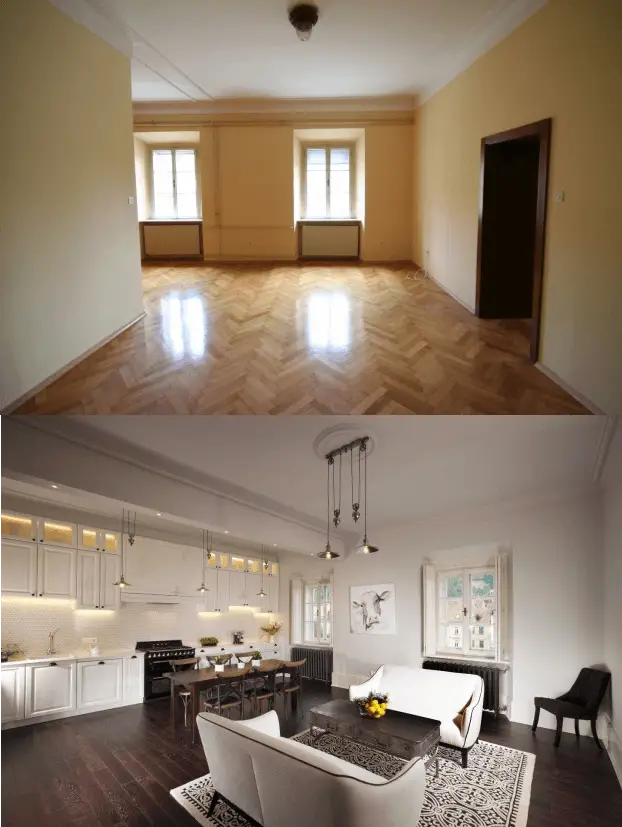
Where can people find out more about your work?
My Facebook page has all my latest and greatest projects. I like to often show off these magical places I get to work in and the fun side of renovations. We love before and after pictures, as the transformations is huge. It’s hard to keep this up on my website, so Facebook is the best place to view all current projects.
What was your experience of culture shock in Slovenia?
It was very hard at first to live here. I found that the people where naturally suspicious of our intentions. Slovenian’s are very family oriented, and as an outsider it is very hard to break into social circles. Coming from a vibrant city like London, where we had a big social scene with lots going on, and then moving here where we had little interaction with anyone – I think that was the biggest shock for me, and something I didn’t think about when moving here. I have moved many times in my life, more than most, and never came across such a closed culture.
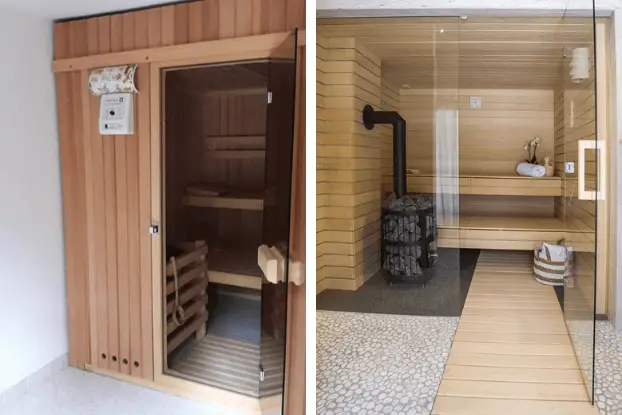
What are some things from Slovenia that you think your home country could benefit from?
I think Slovenians approach to conservation and environmental issues is something that a lot of countries could befit from. It is true that Slovenia is a small place, and this can be a benefit when implementing environmental measures. They love the outdoors and have great respect for nature.
And what are some thing from your home country that you think Slovenia could benefit from?
I would like to see the Slovenians have a bit more of an open mind and be more trusting, as I think this is just a better way to live.
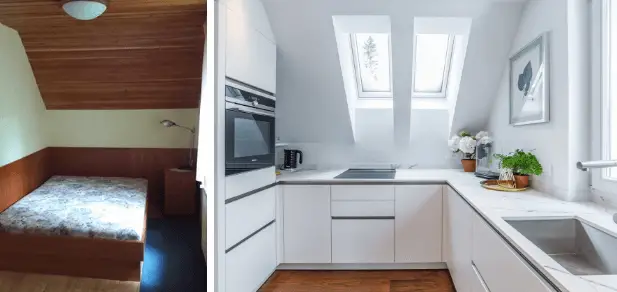
Have you learned Slovene?
This is a touchy subject. I have been trying to learn Slovenia for years. I have taken courses, but to be honest starting and running my business and having a family have taken priority. If it came easy that would be another story, but It does not, and I would have to spend a lot of time to perfect it. I can get by but it’s very basic.
What things frustrate you about life in Slovenia?
I kind of love to call it SLOWvenia. In contrast to places like NYC and London, were life runs at a very fast pace and its expected to have immediate results, things just move at a different pace here, a slower pace. That used to frustrate me, but after 12 years I have adapted to this way of life, almost.
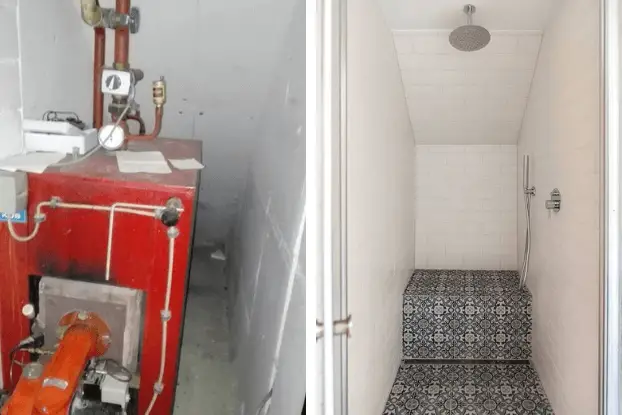
What things delight you?
The quality of life for my children. I know they are in the best place in the world for growing up, growing up, learning values and most of all they are in a safe environment
Do you think you’ll stay in Slovenia for the rest of your life?
Well I would never say that about any place due to my history. But so far I’ve lived longer in Slovenia than anywhere else.
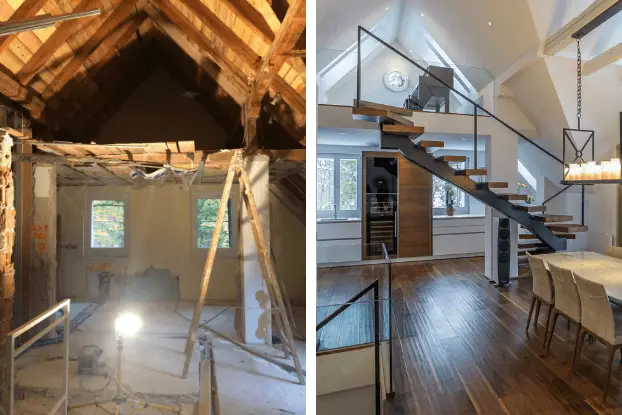
Would you advise a friend to move to Slovenia?
Not if you’re young, when you should go out and be pushed around by the big players, get experience, be challenged, work hard. Then come here and raise a family. Be a big fish in a small pond.
What do you wish someone had told you before you moved here?
Nothing, or else I don’t think I would have come if I’d known how difficult it was going to be. Many times, we almost packed it in. I would say the first six years I was very close to jumping on a plane and getting out of here. But now I am doing what I love, and my family is happy and healthy.
As well as the links throughout this story, you can see more of Jade and her team’s work at JVB Designwork’s website.


